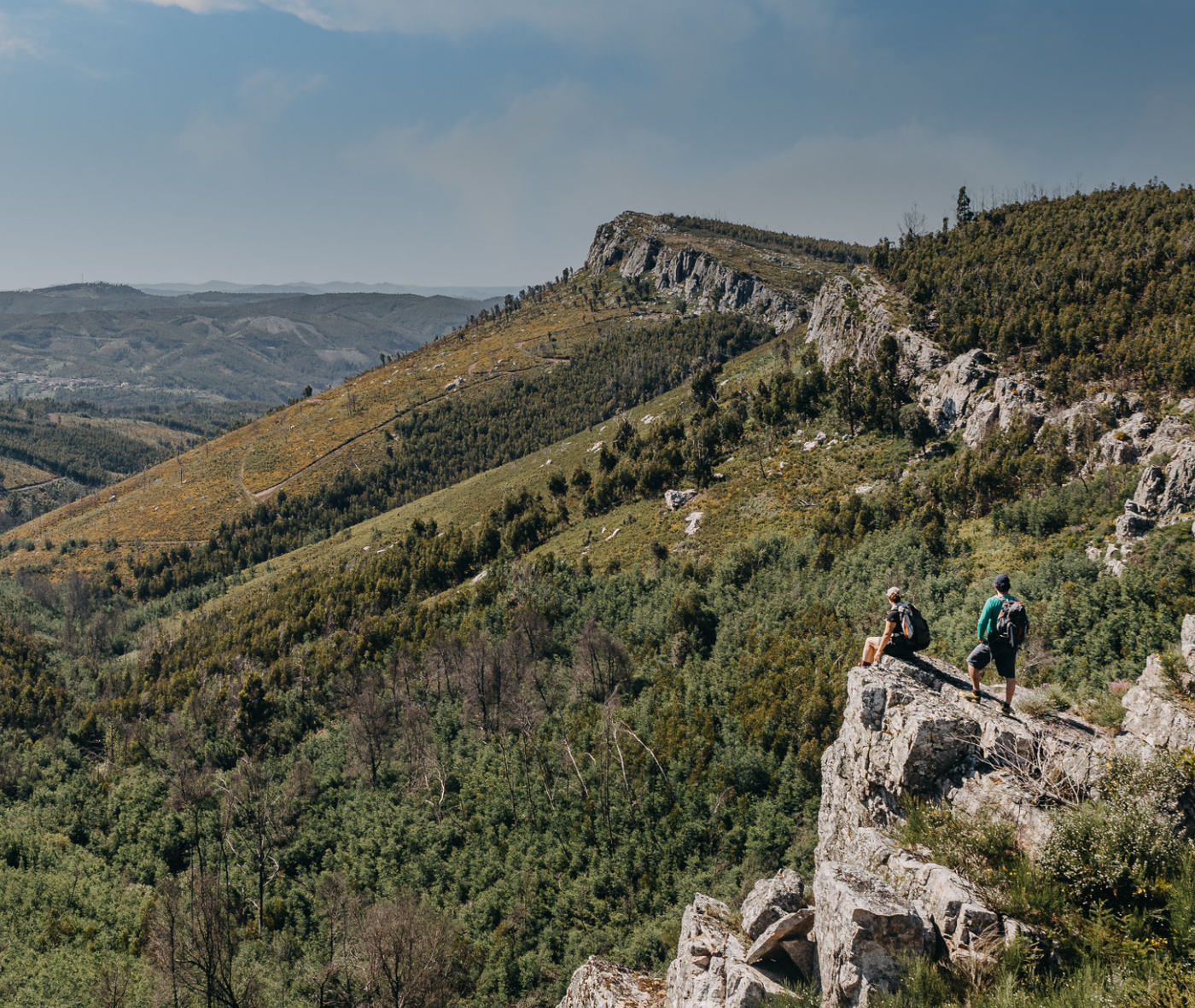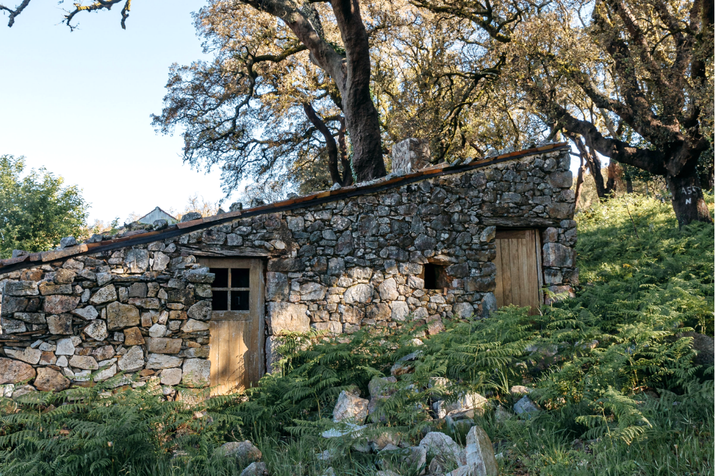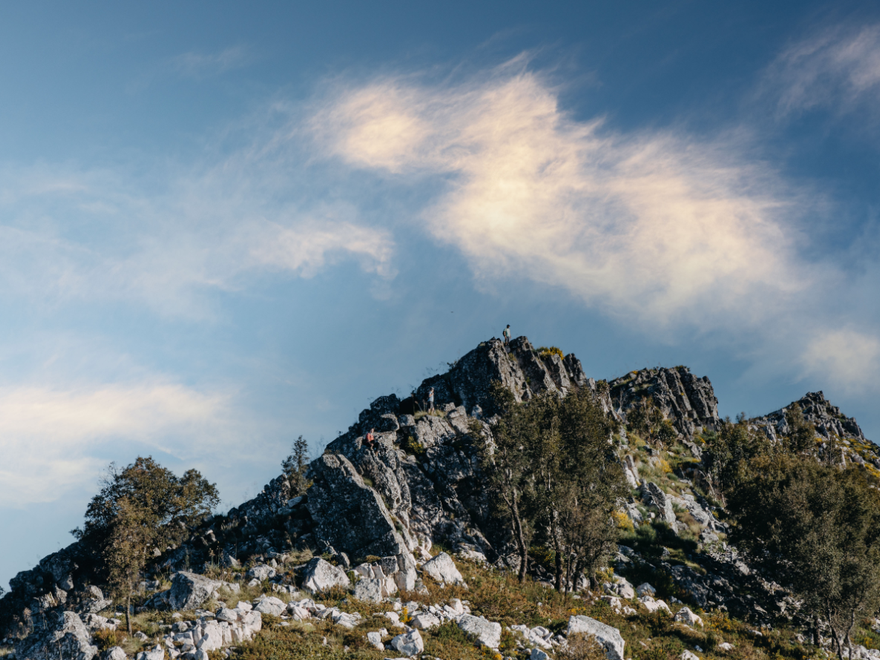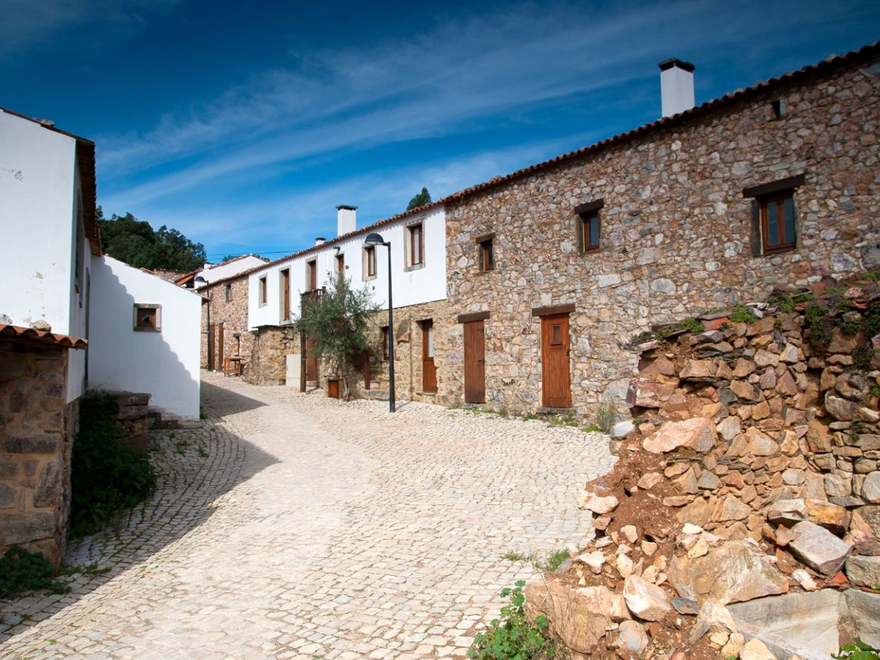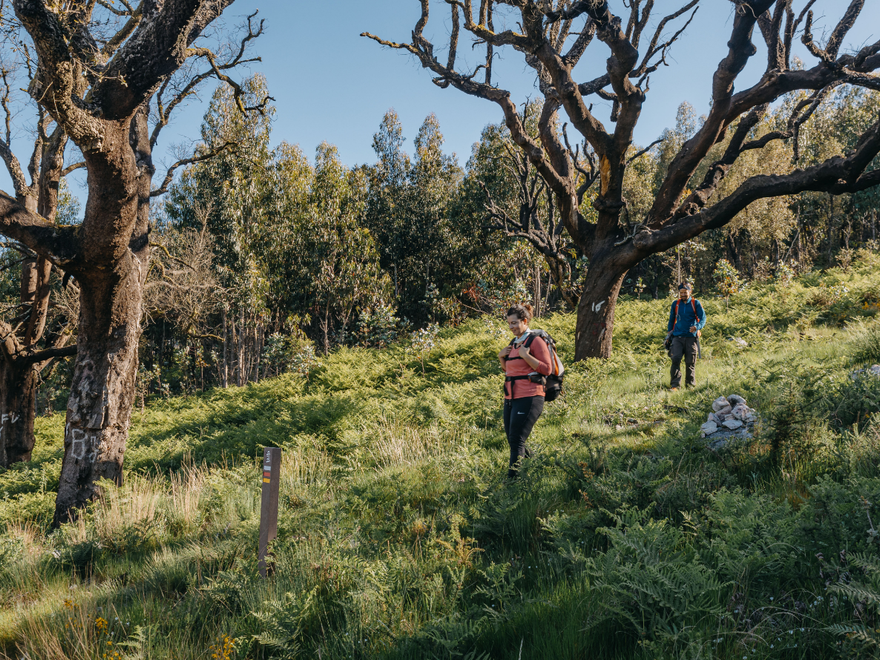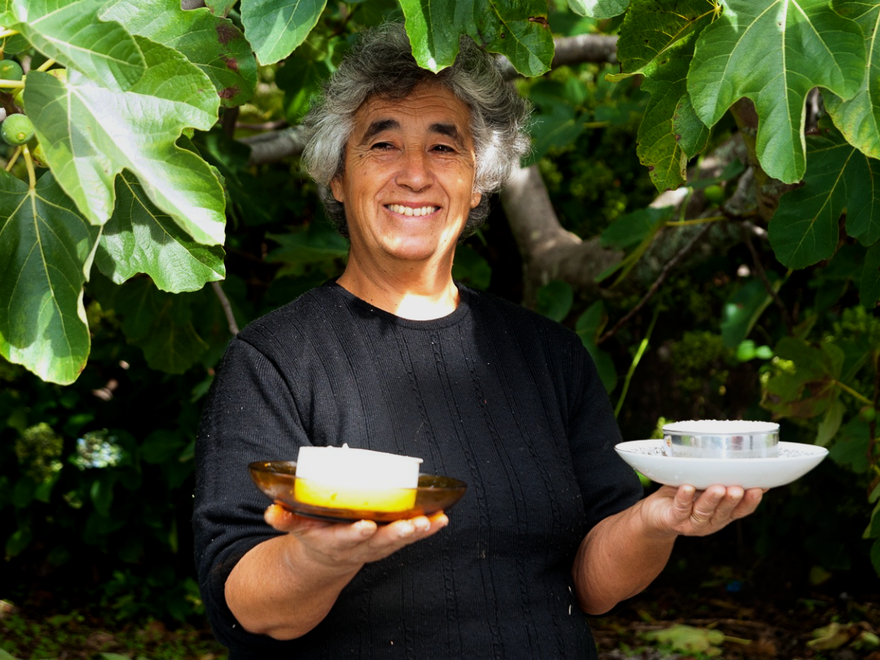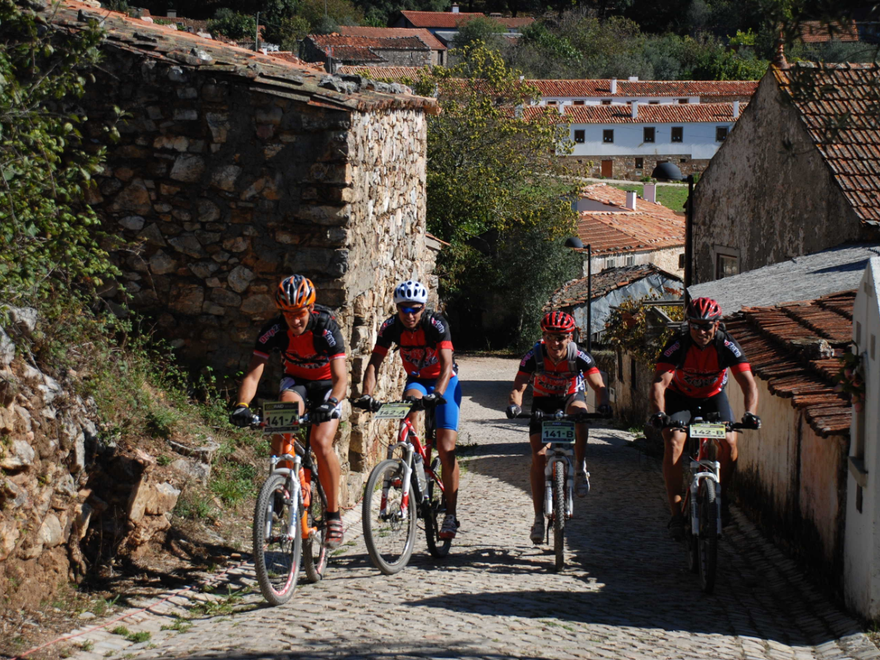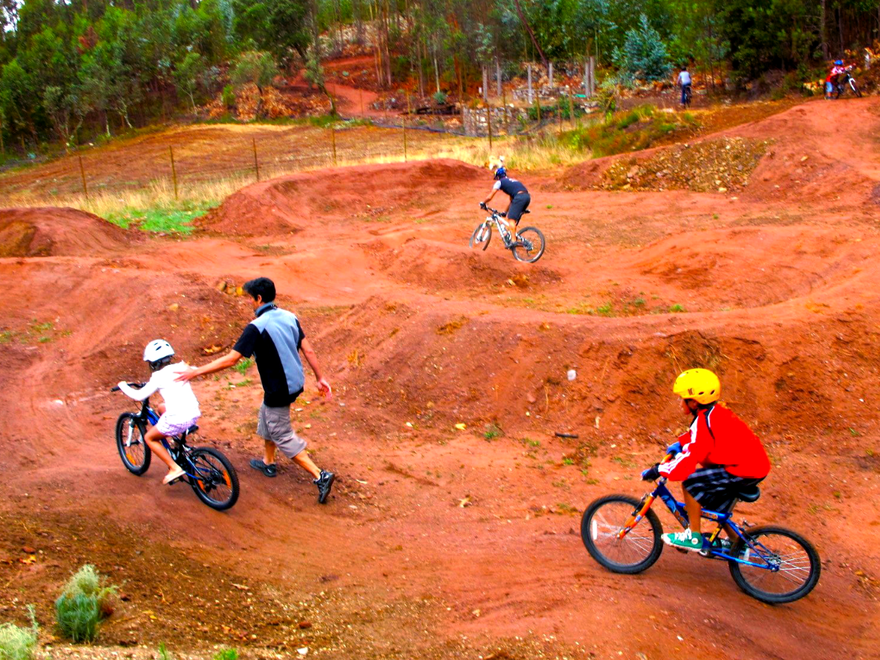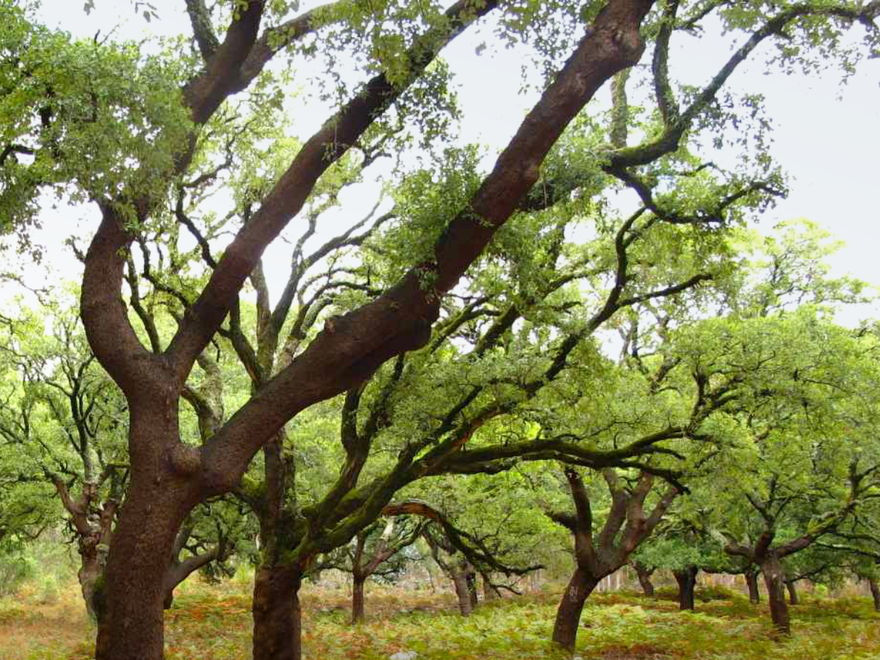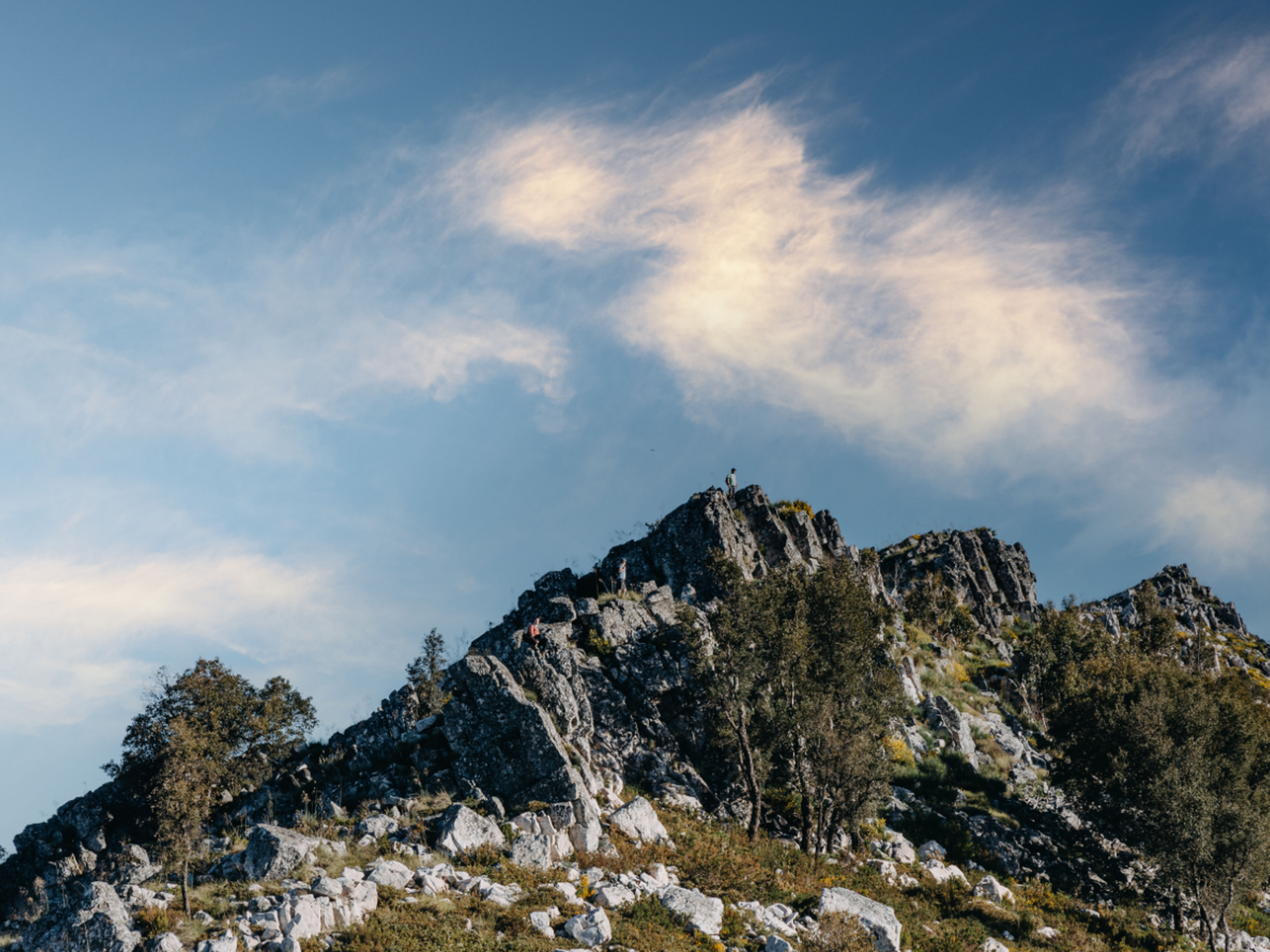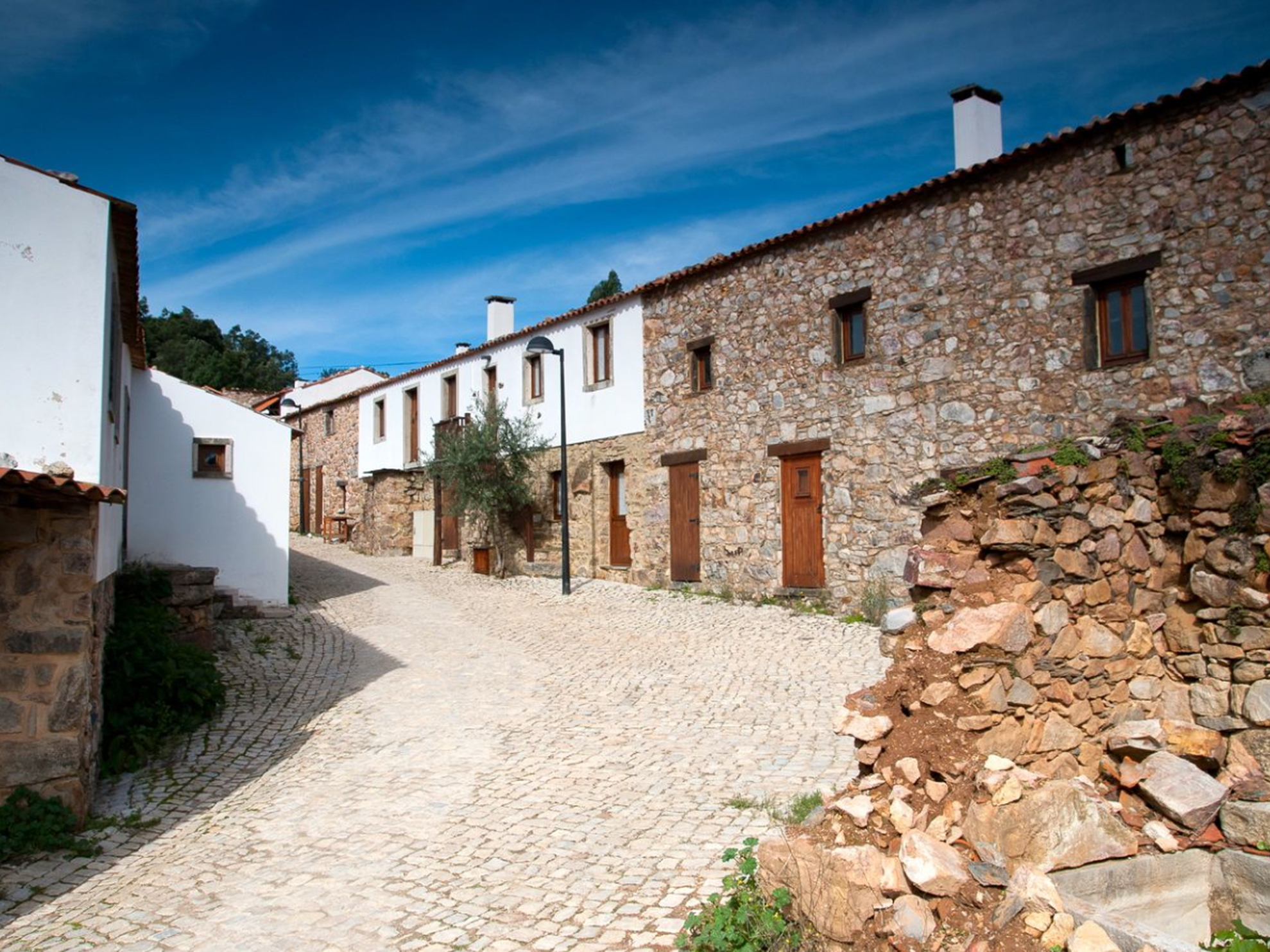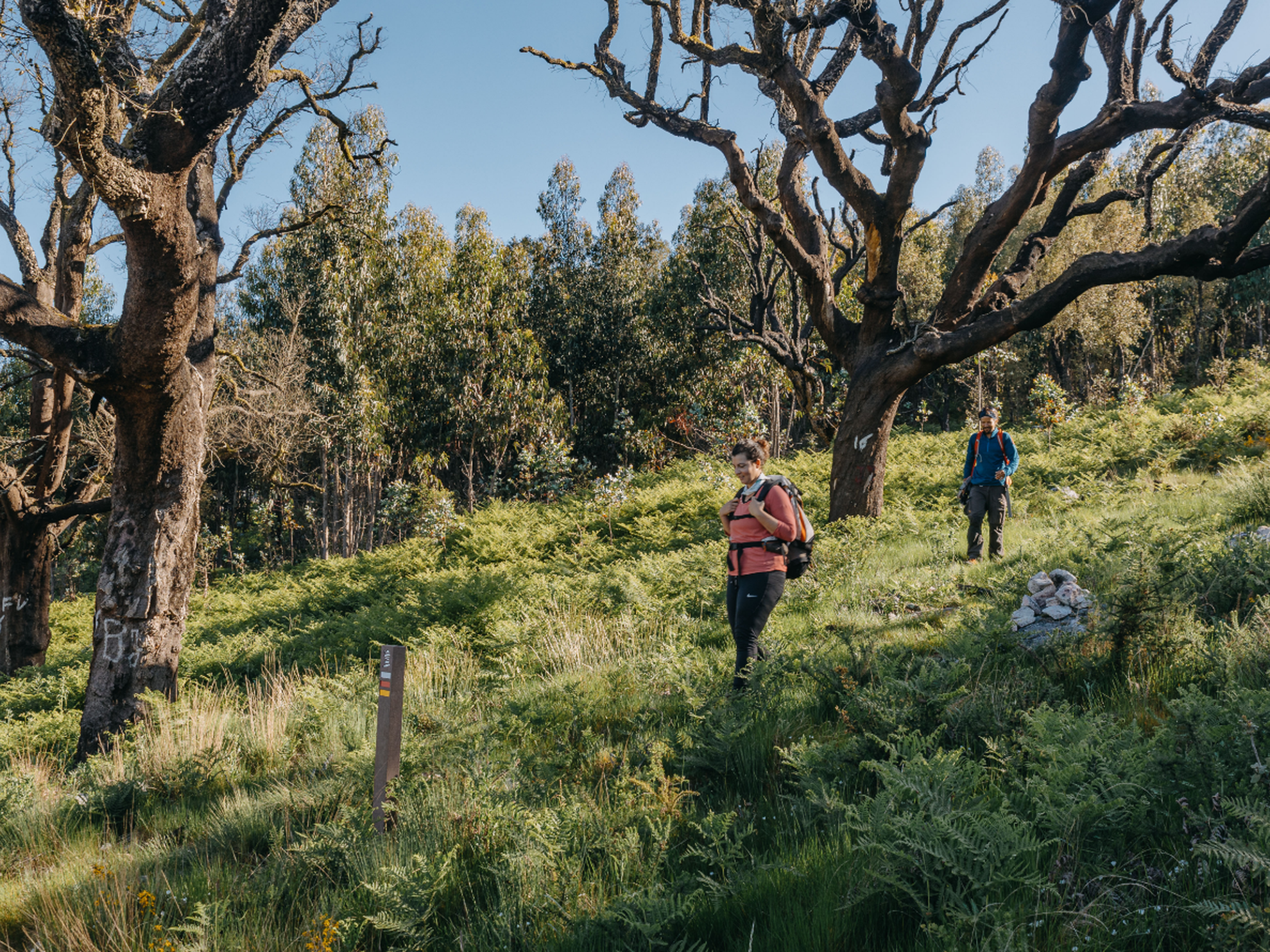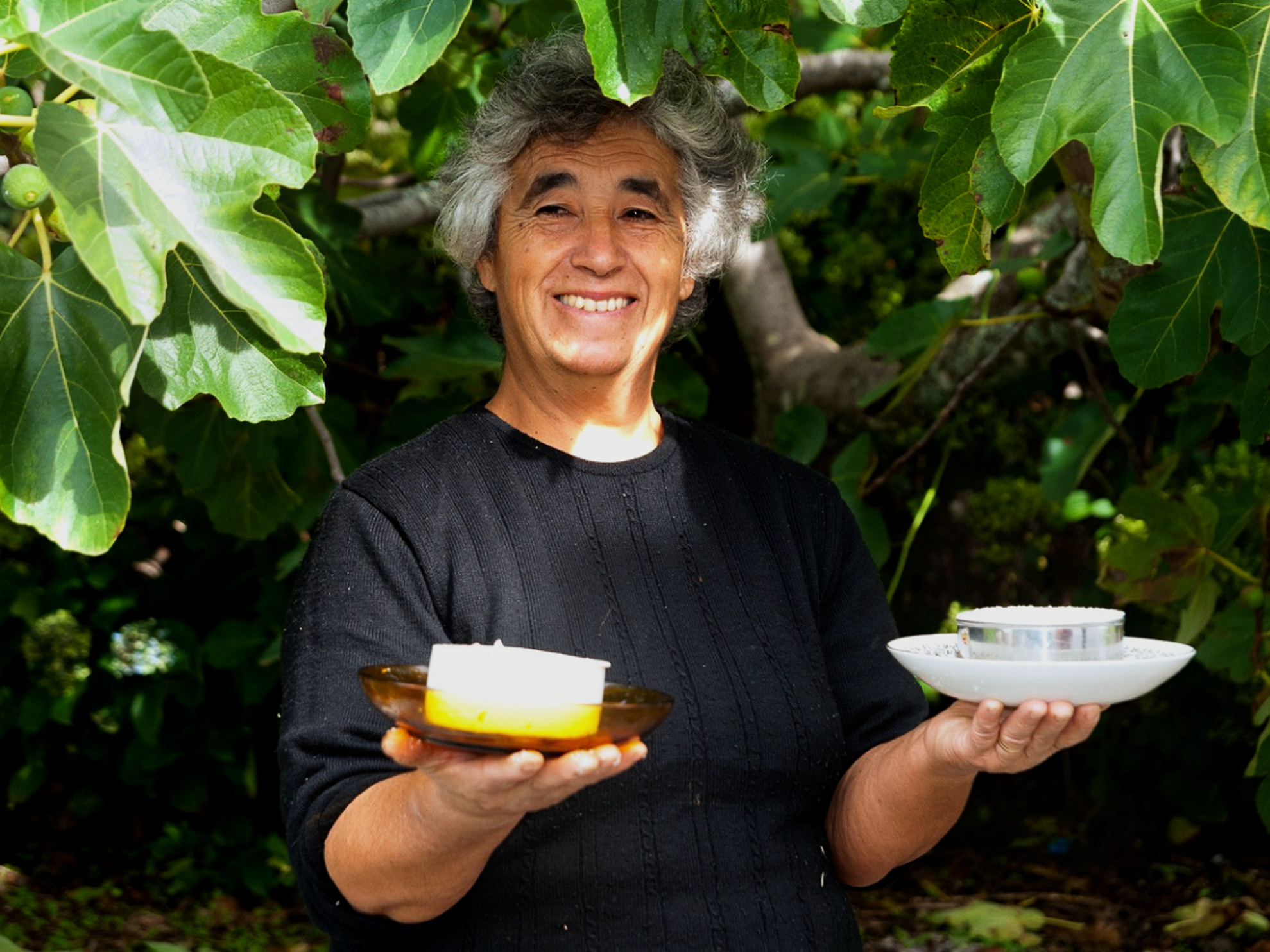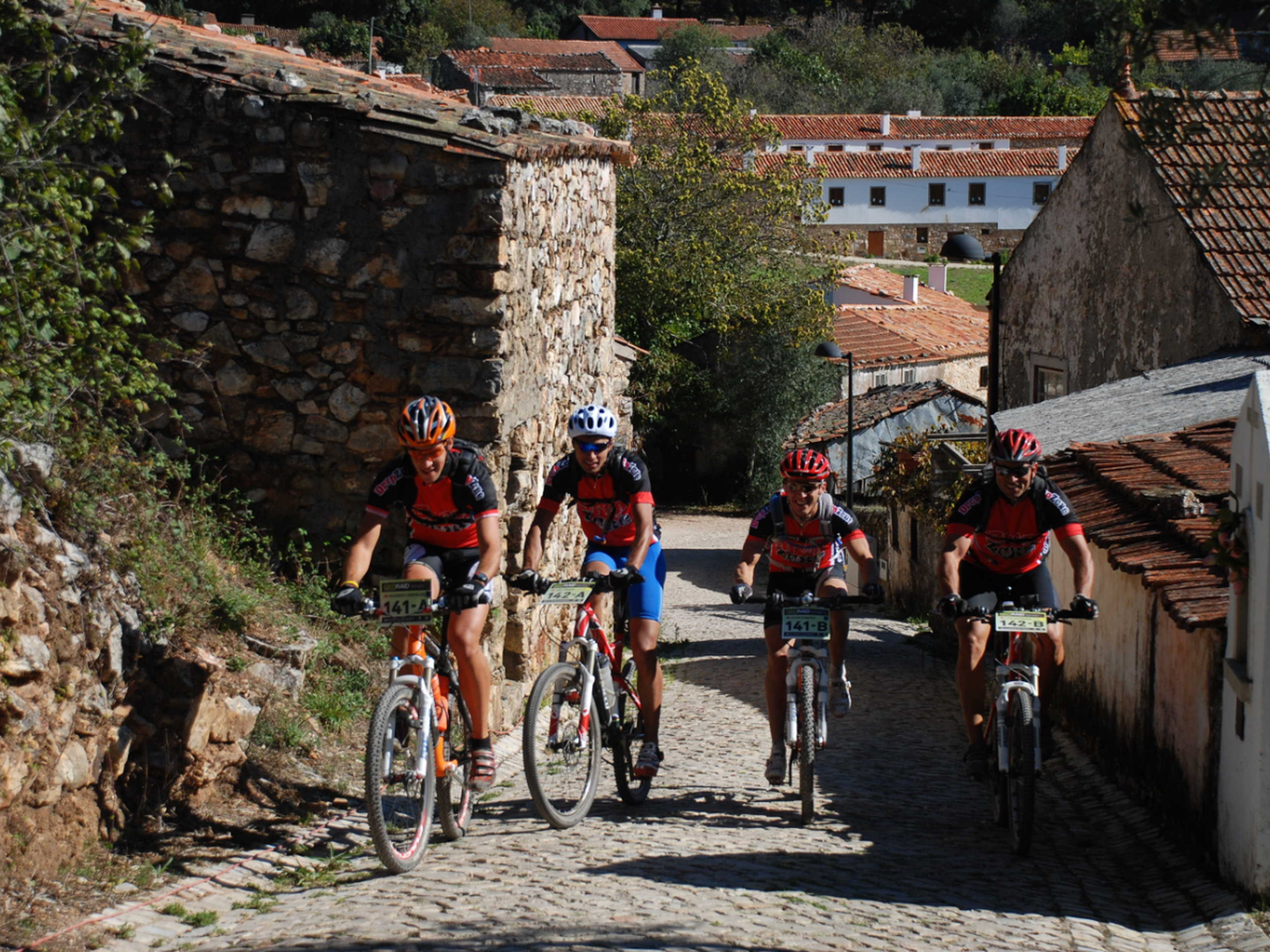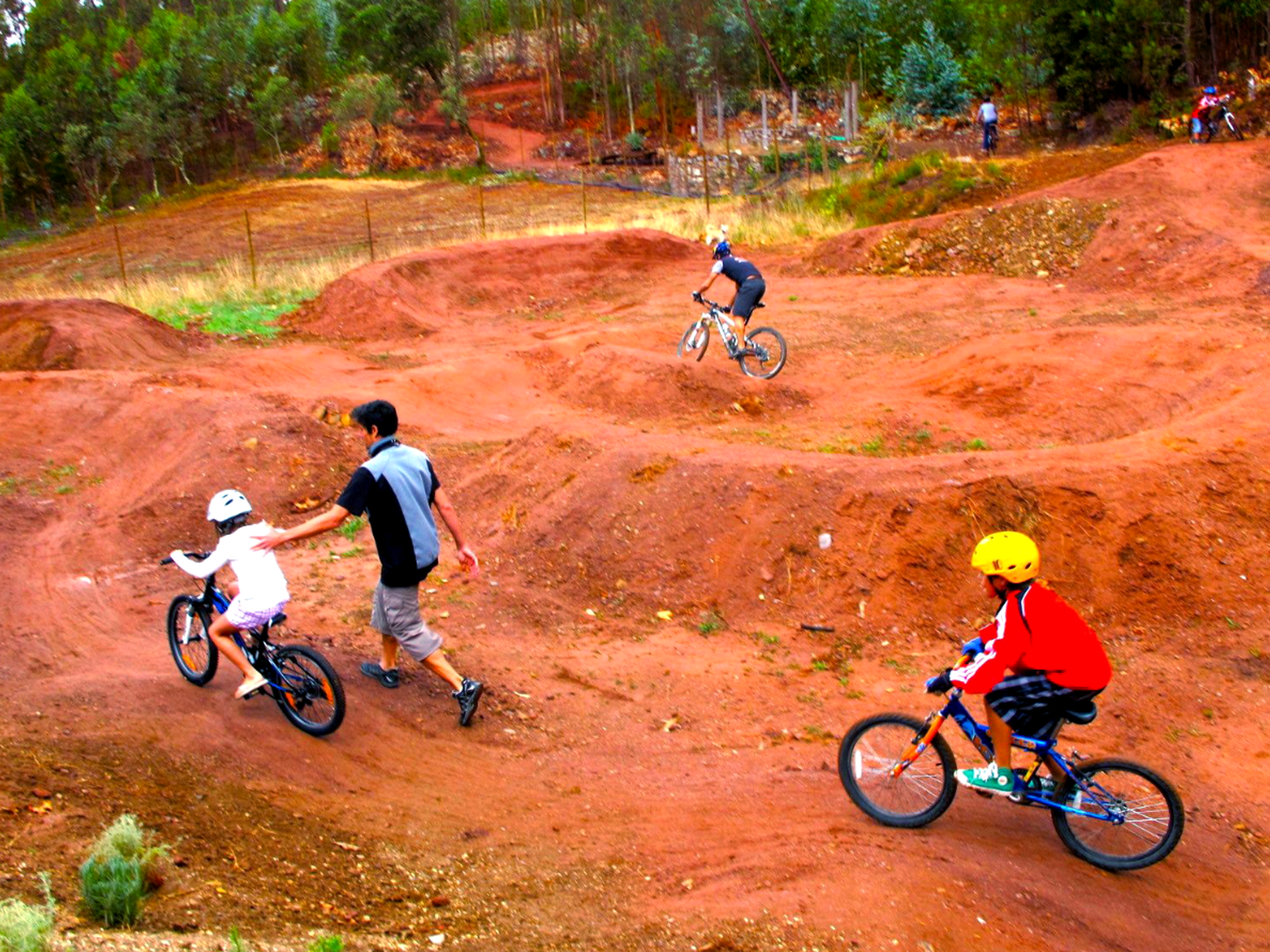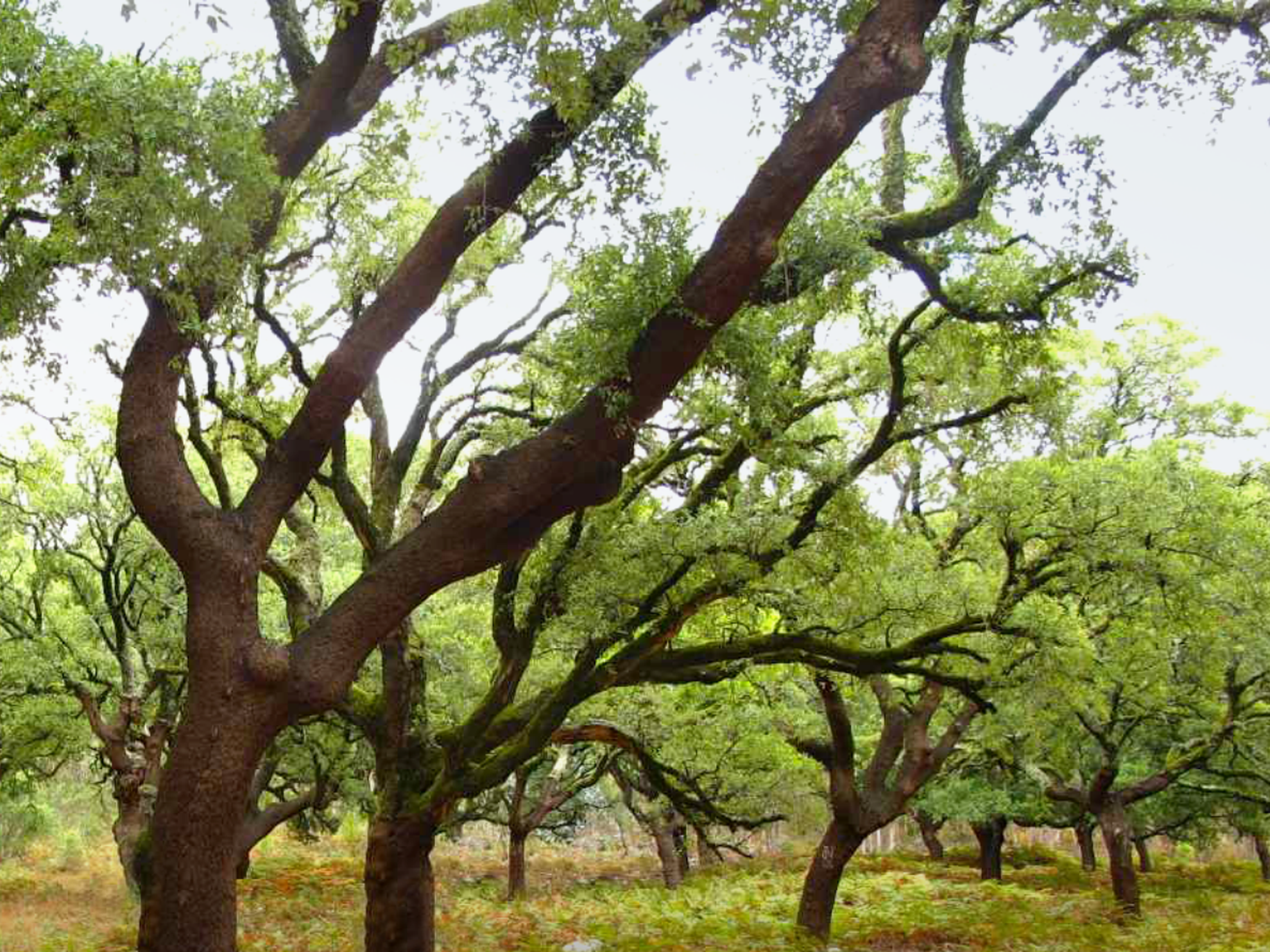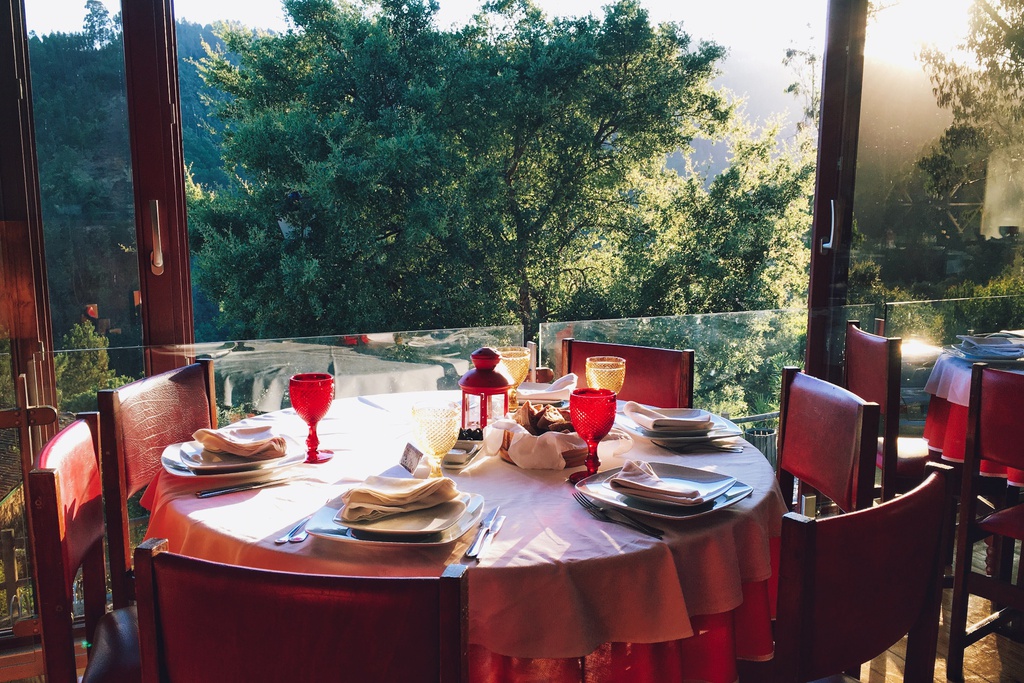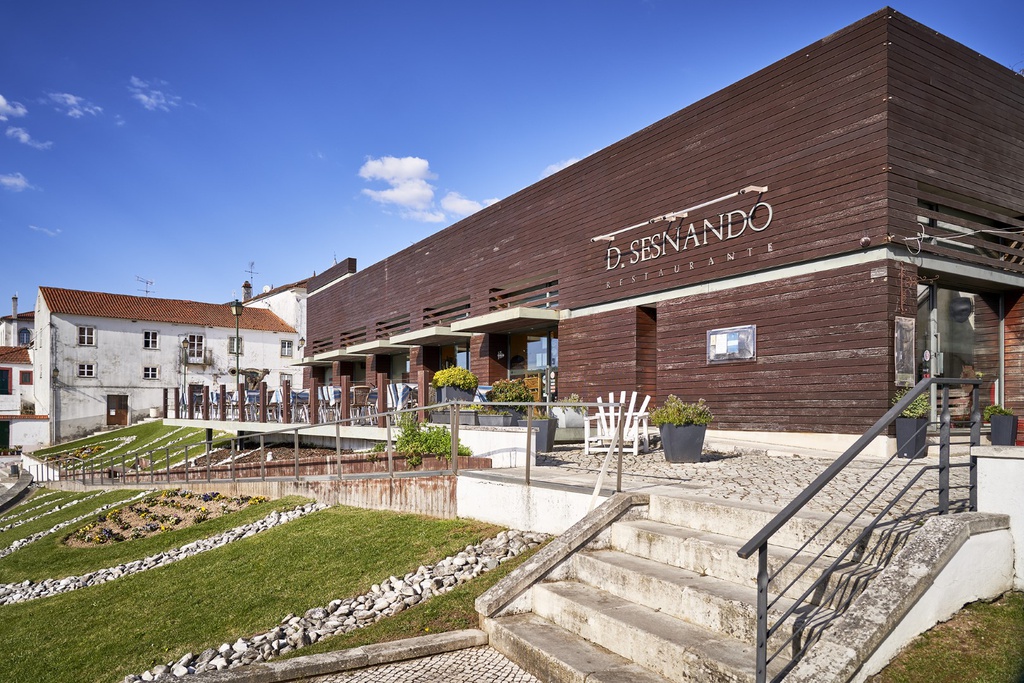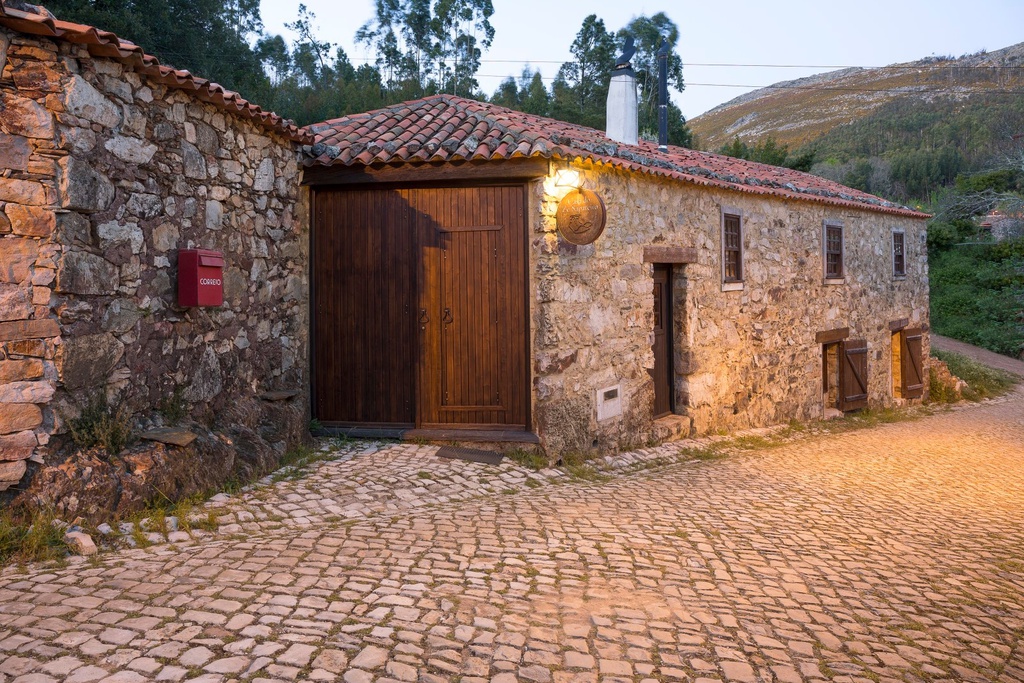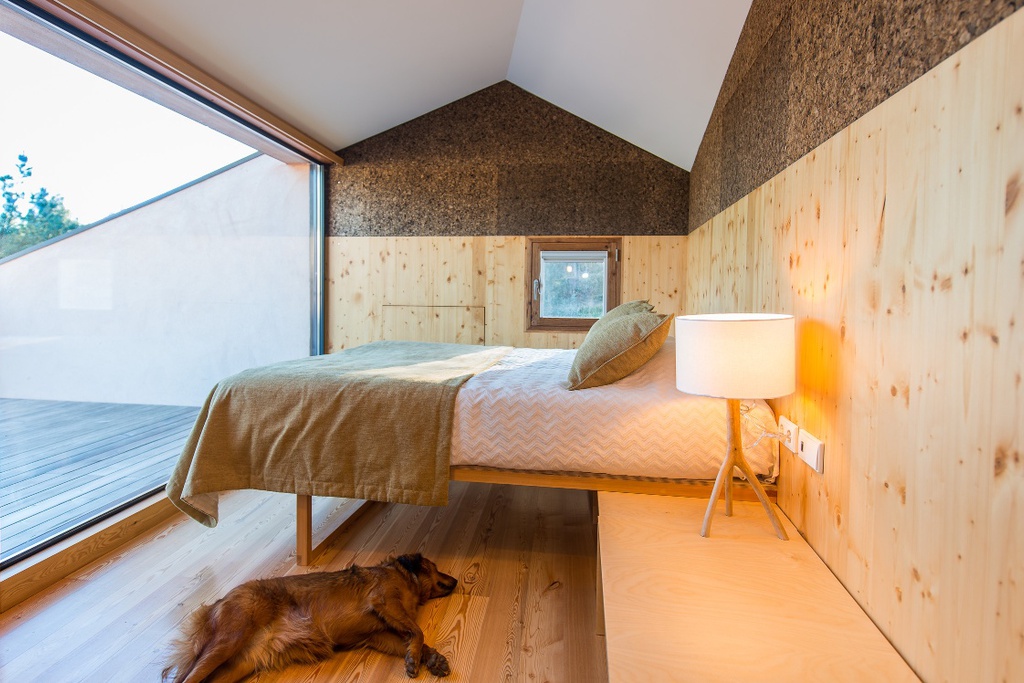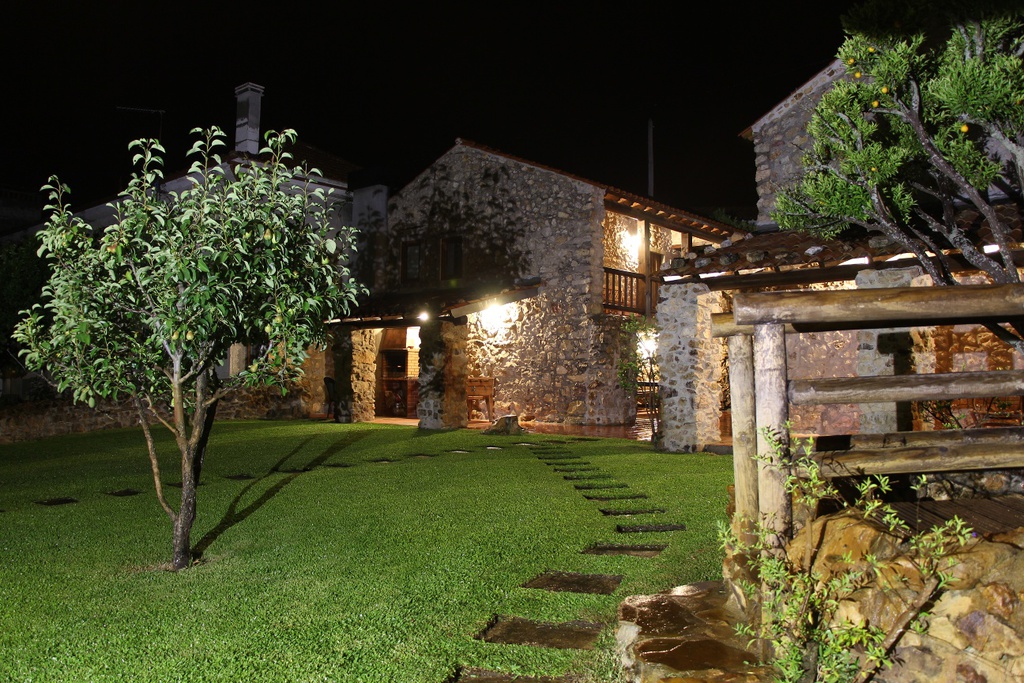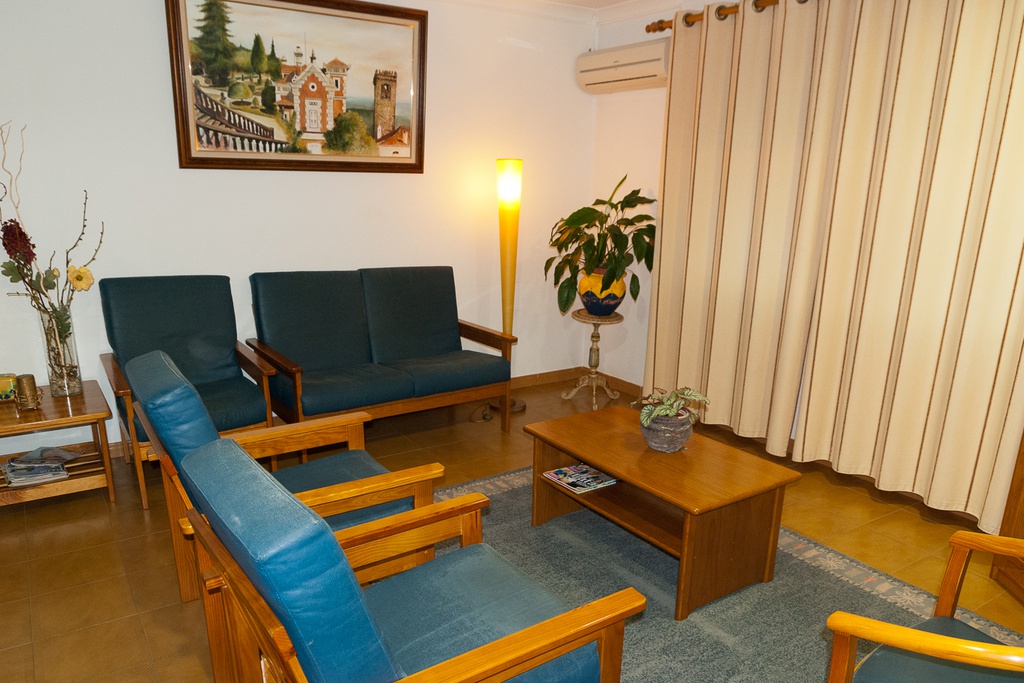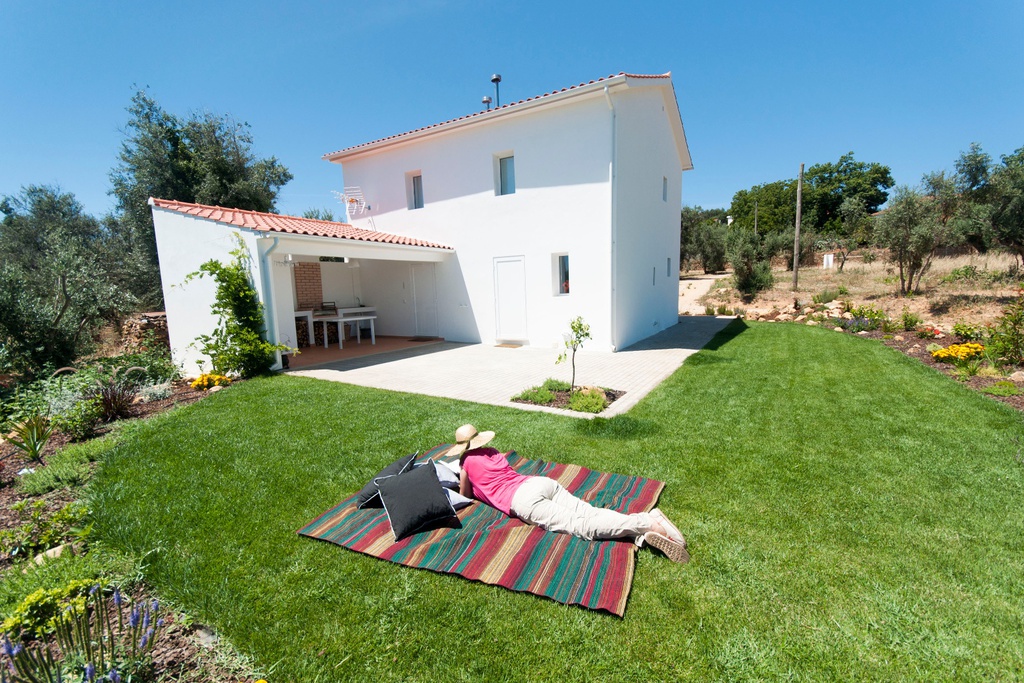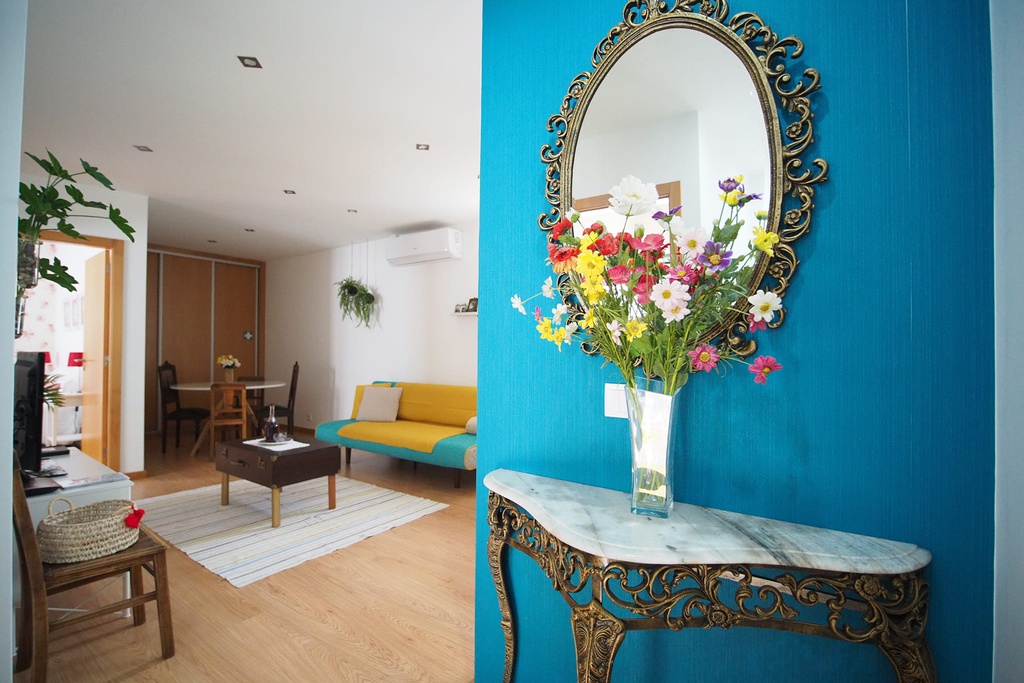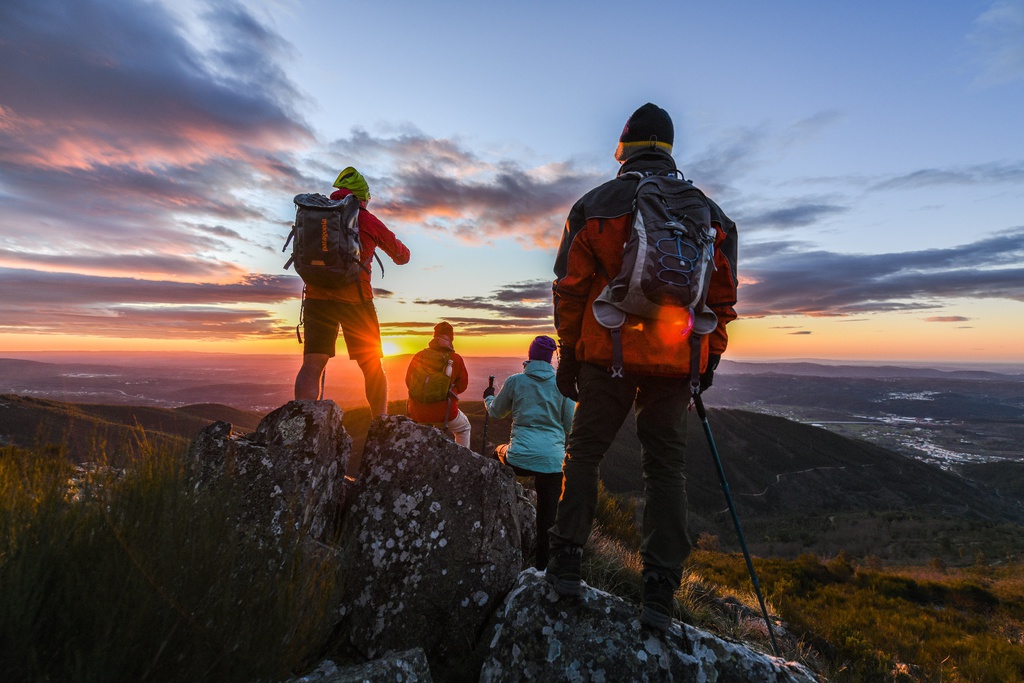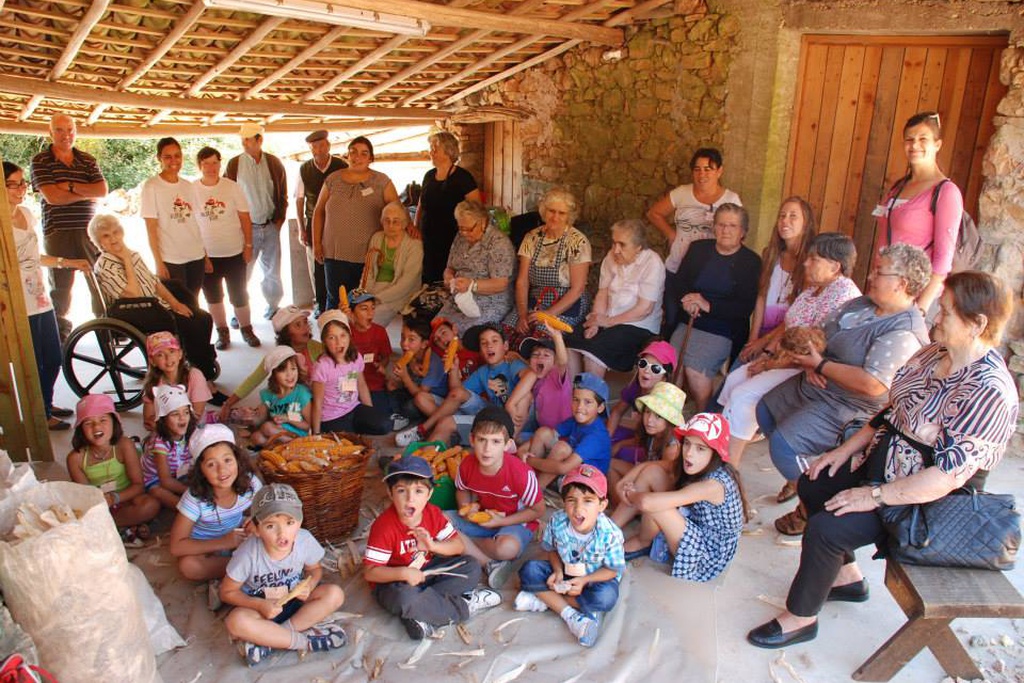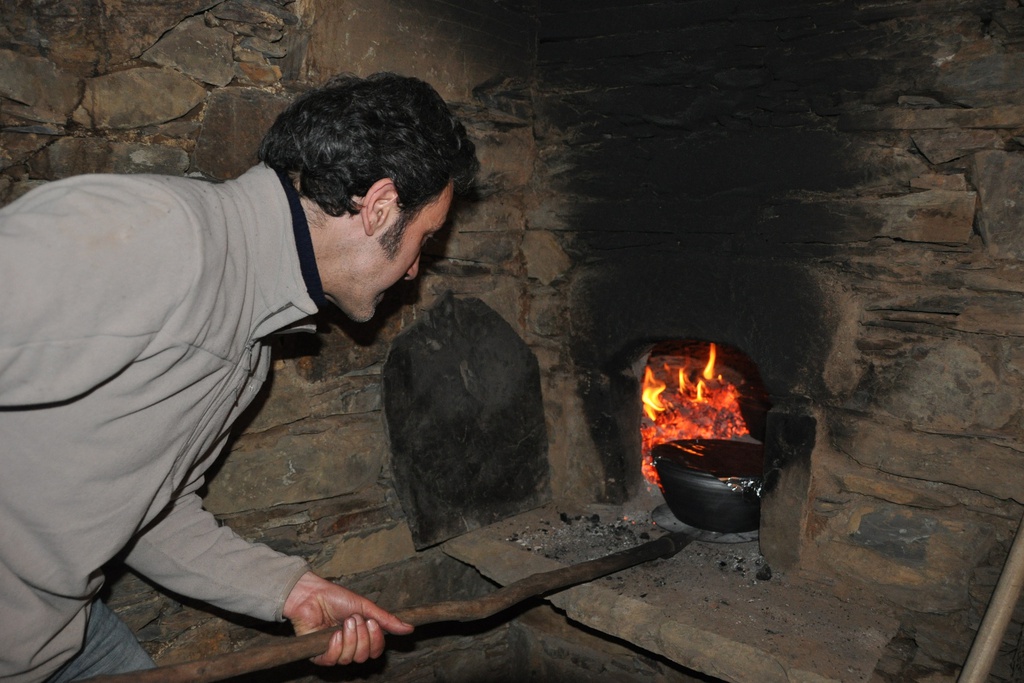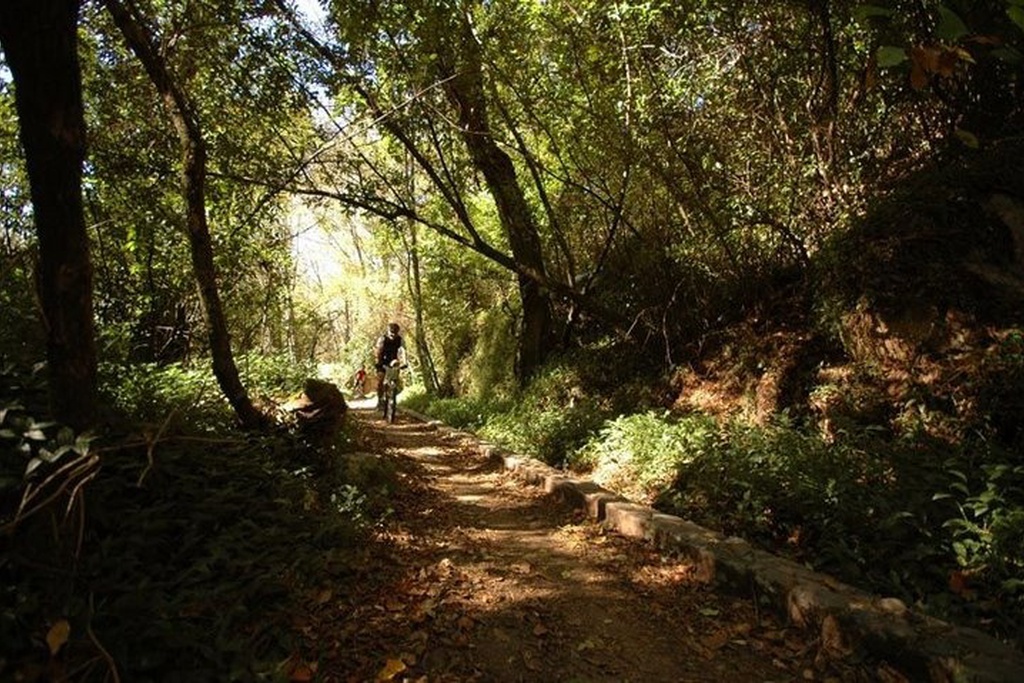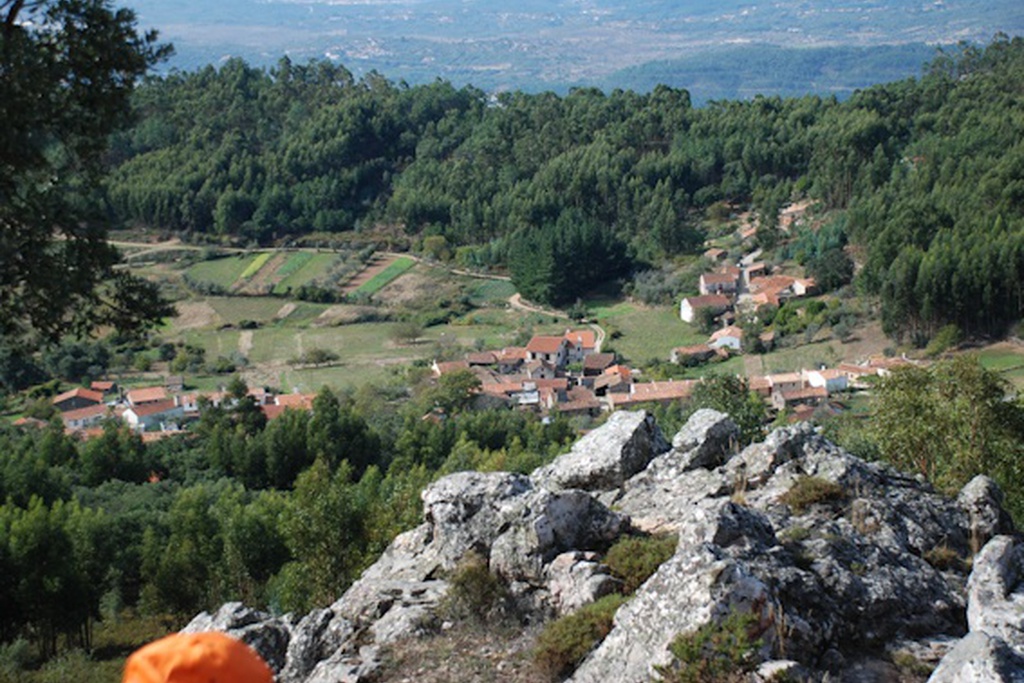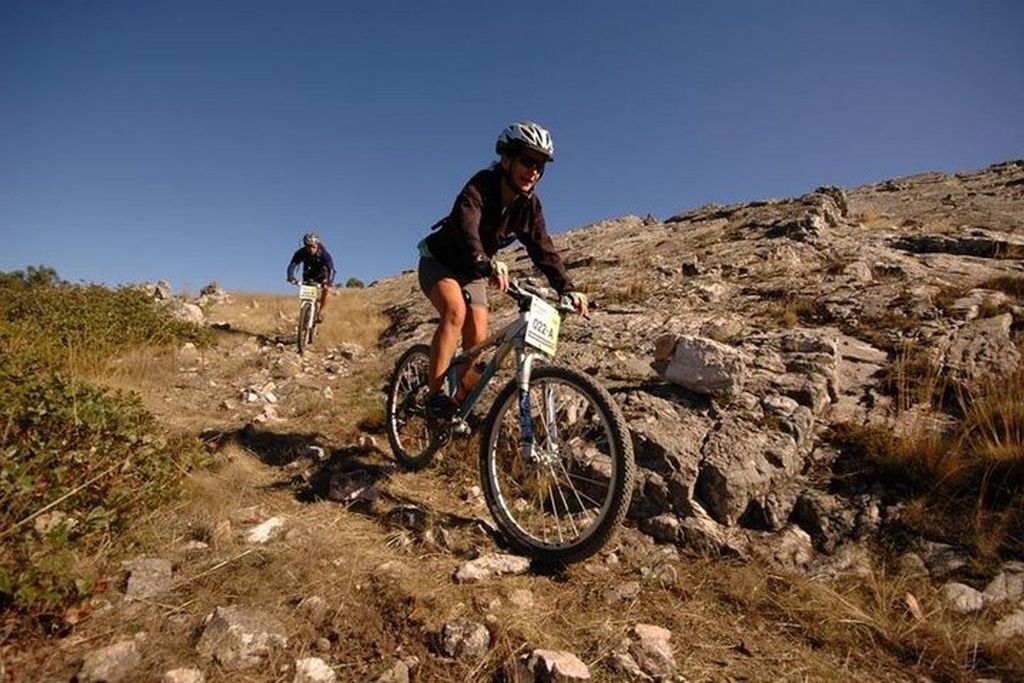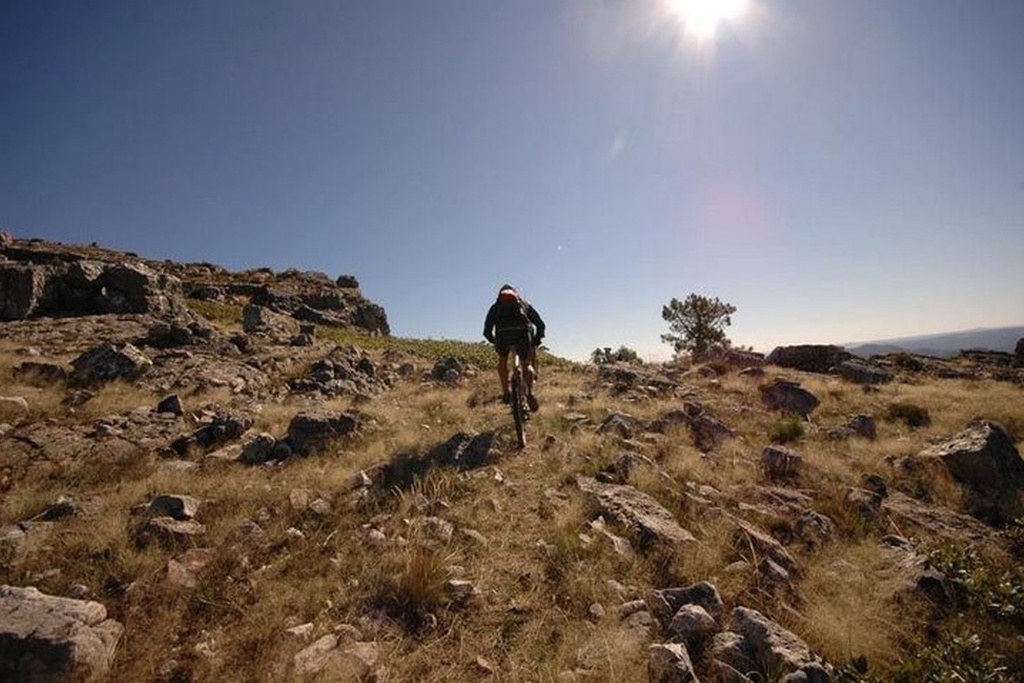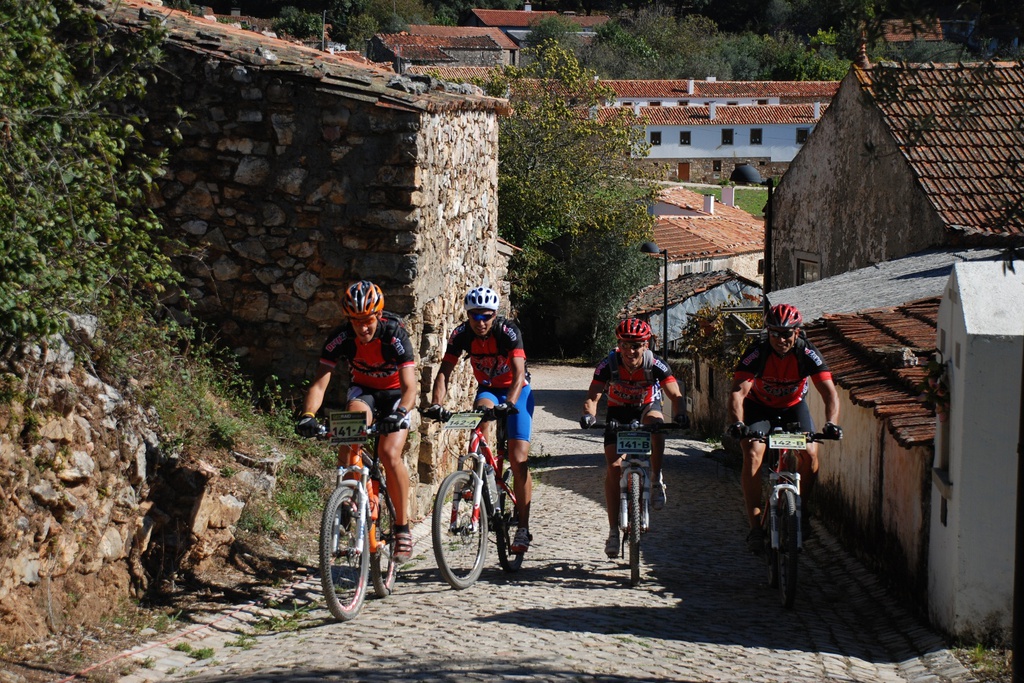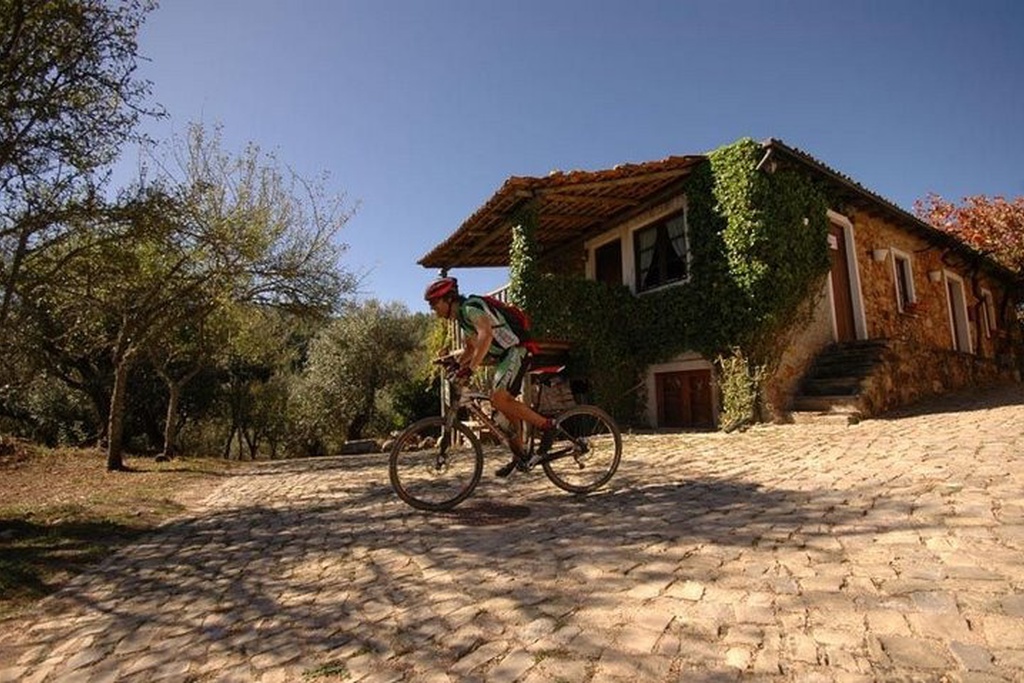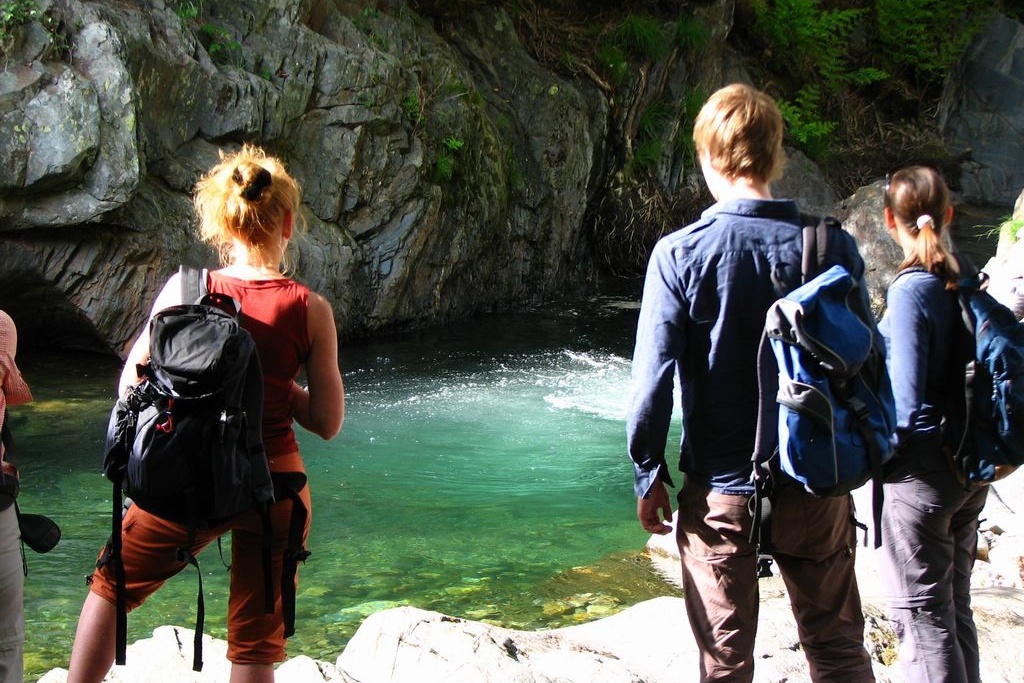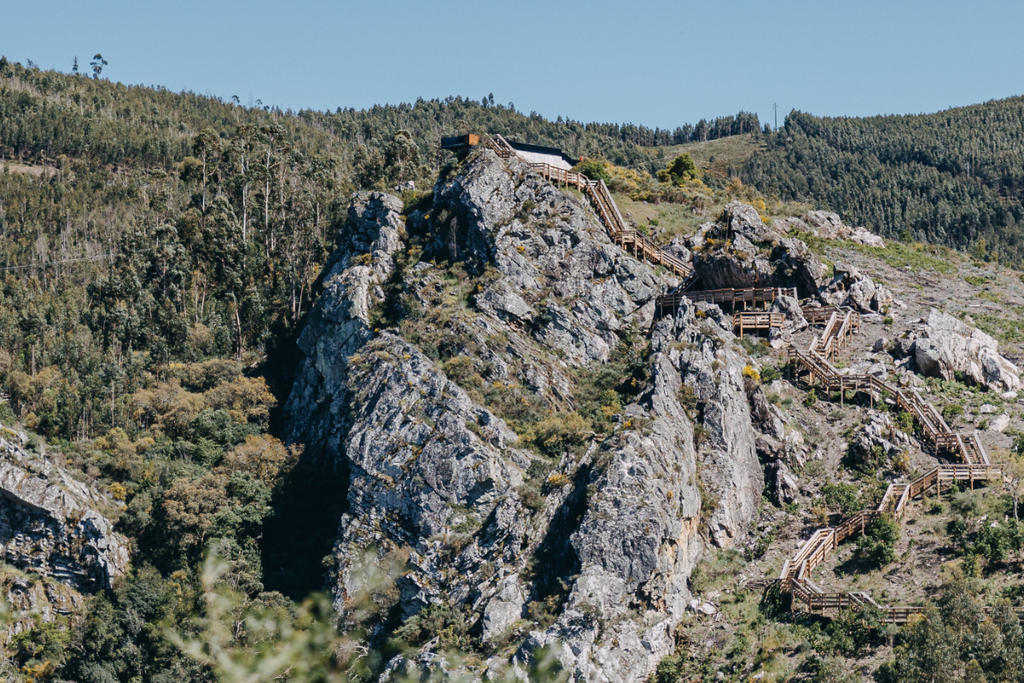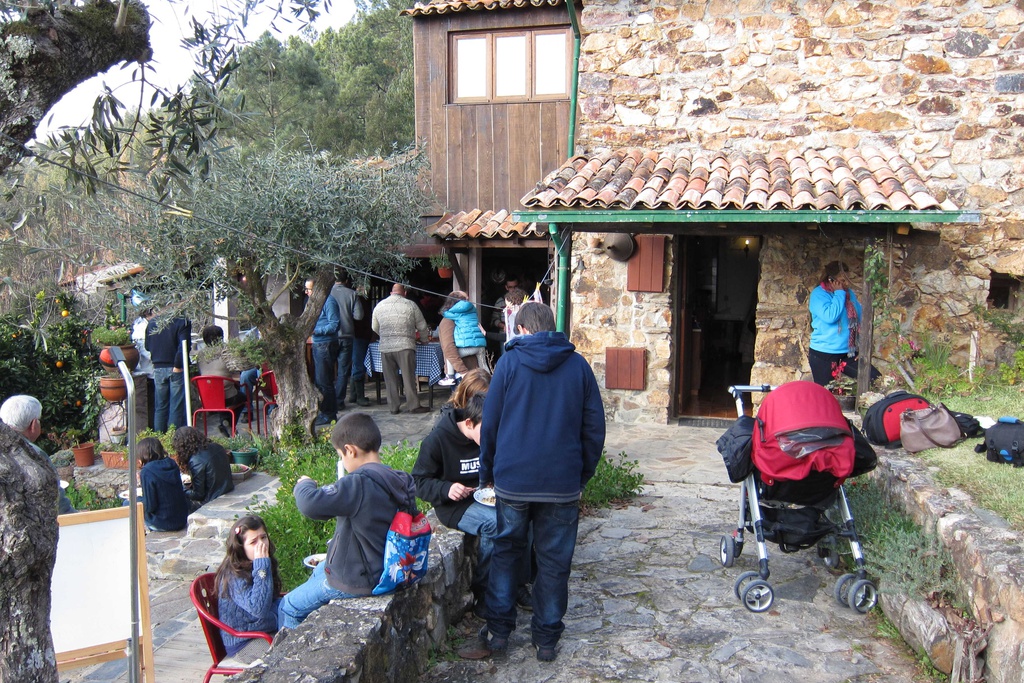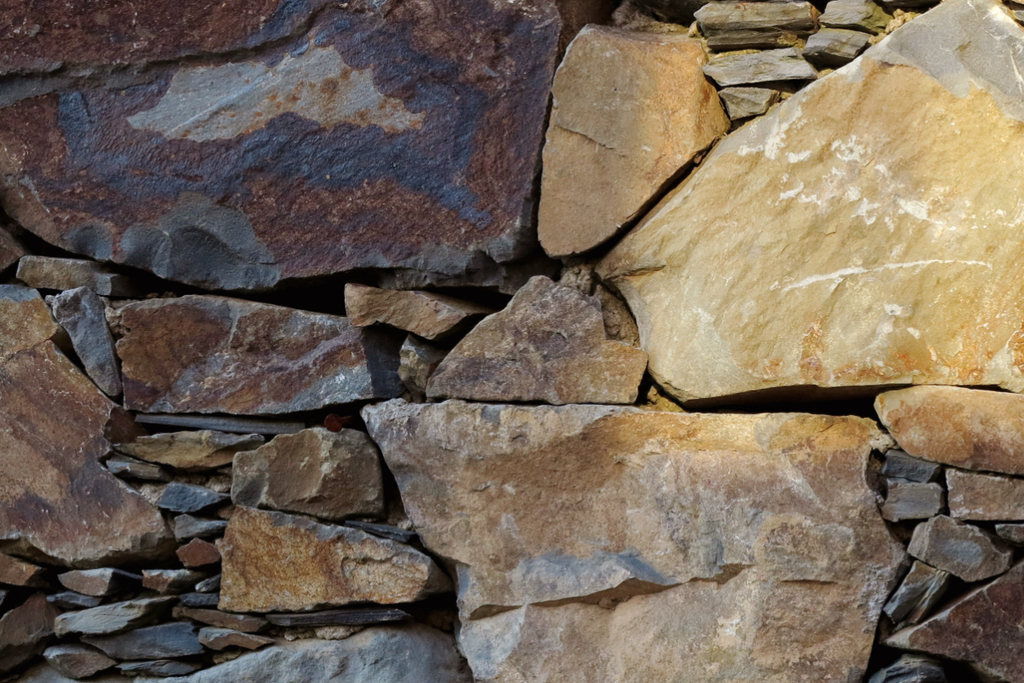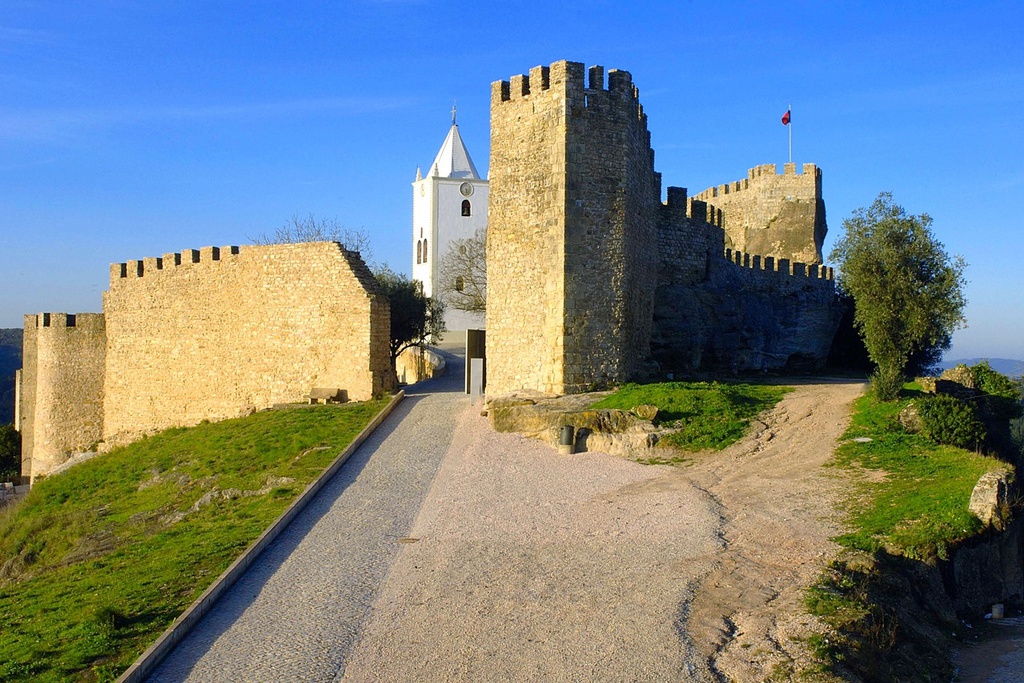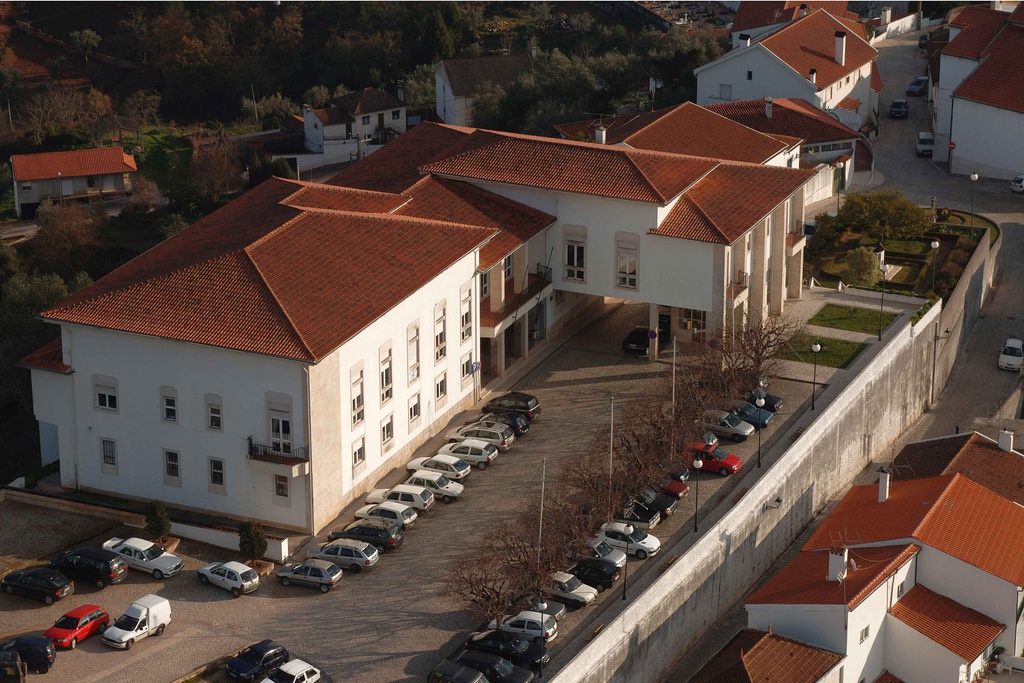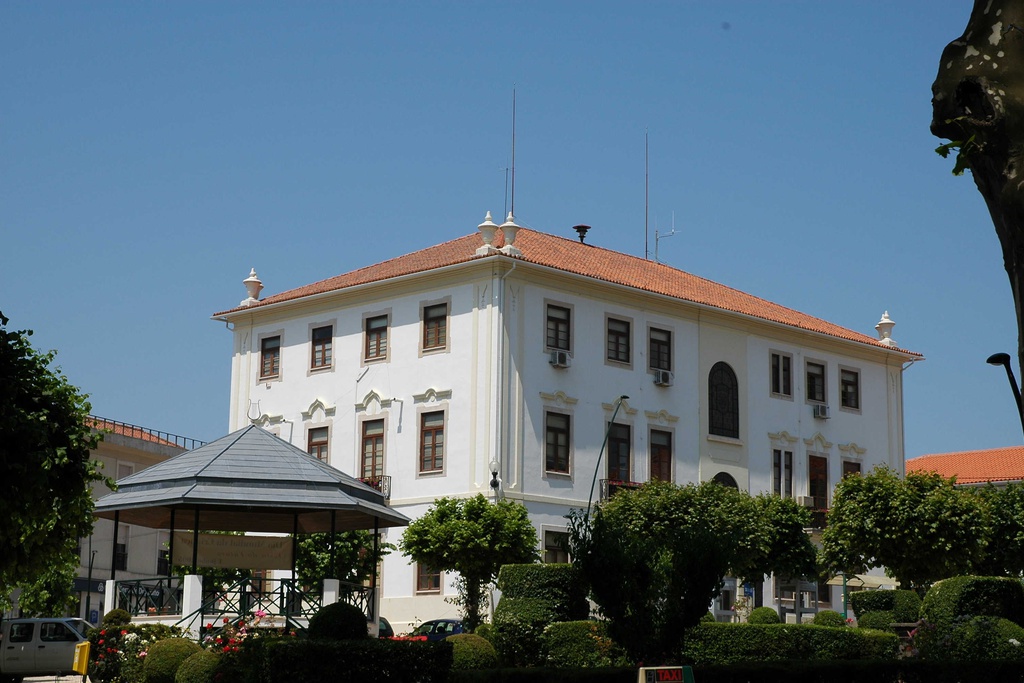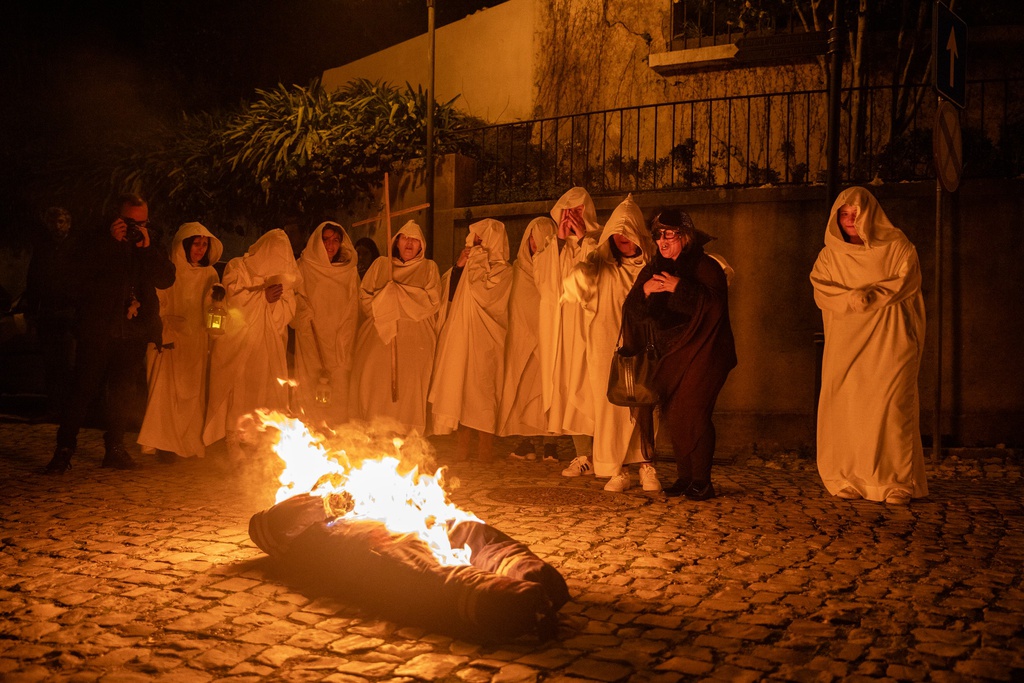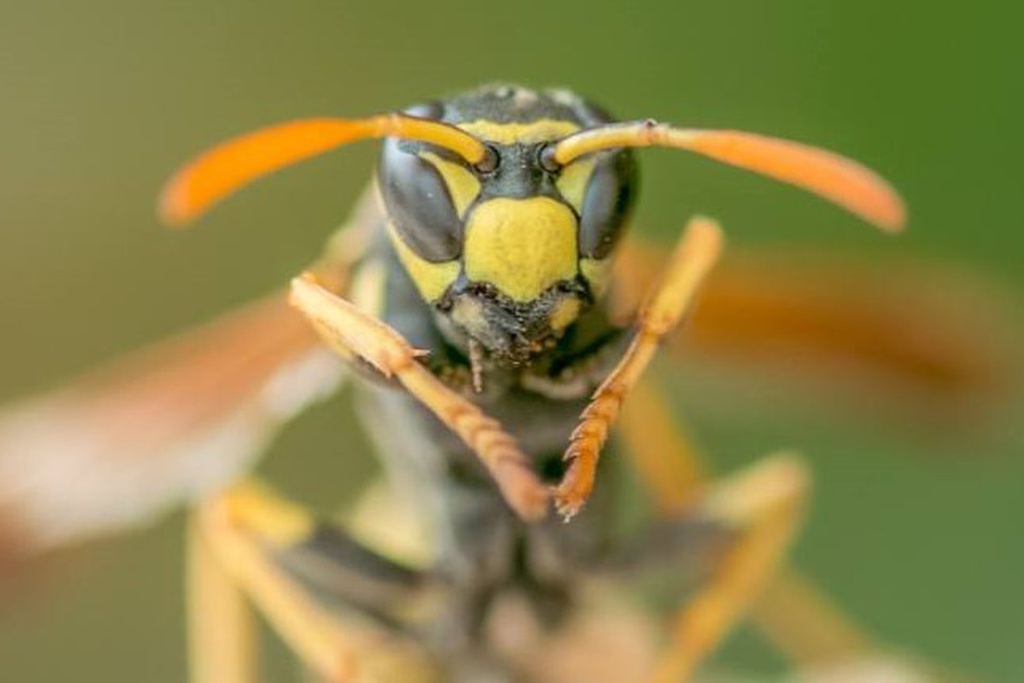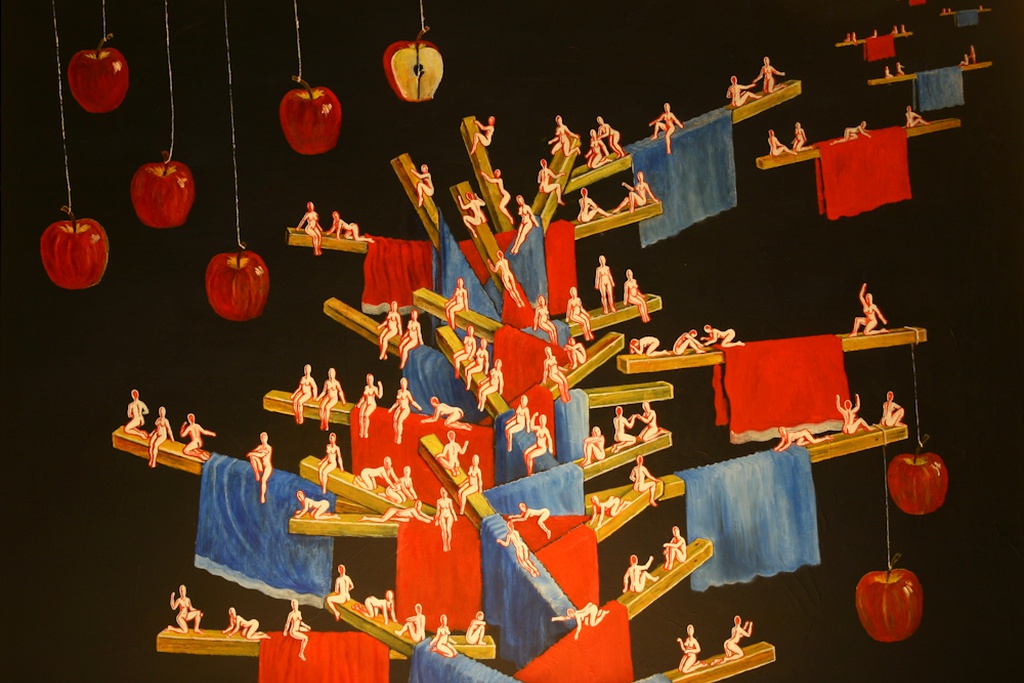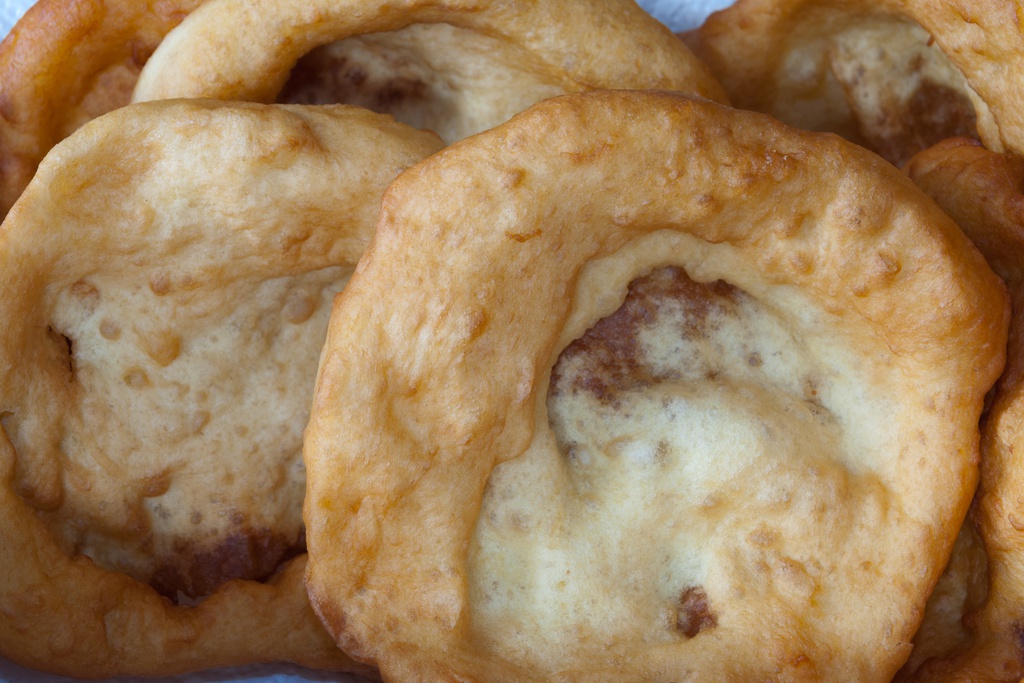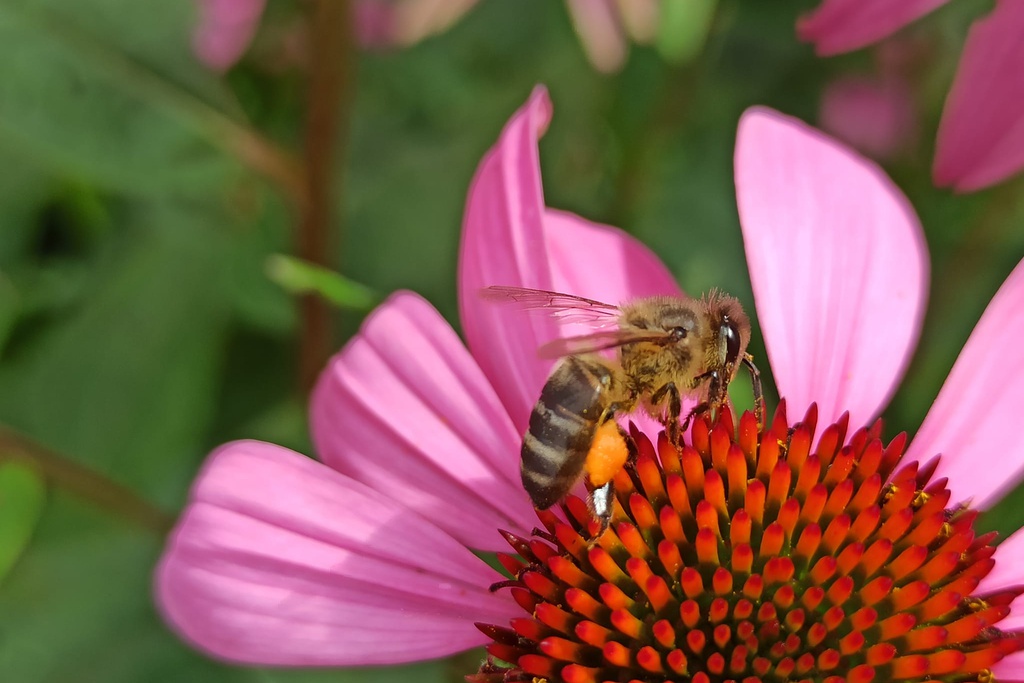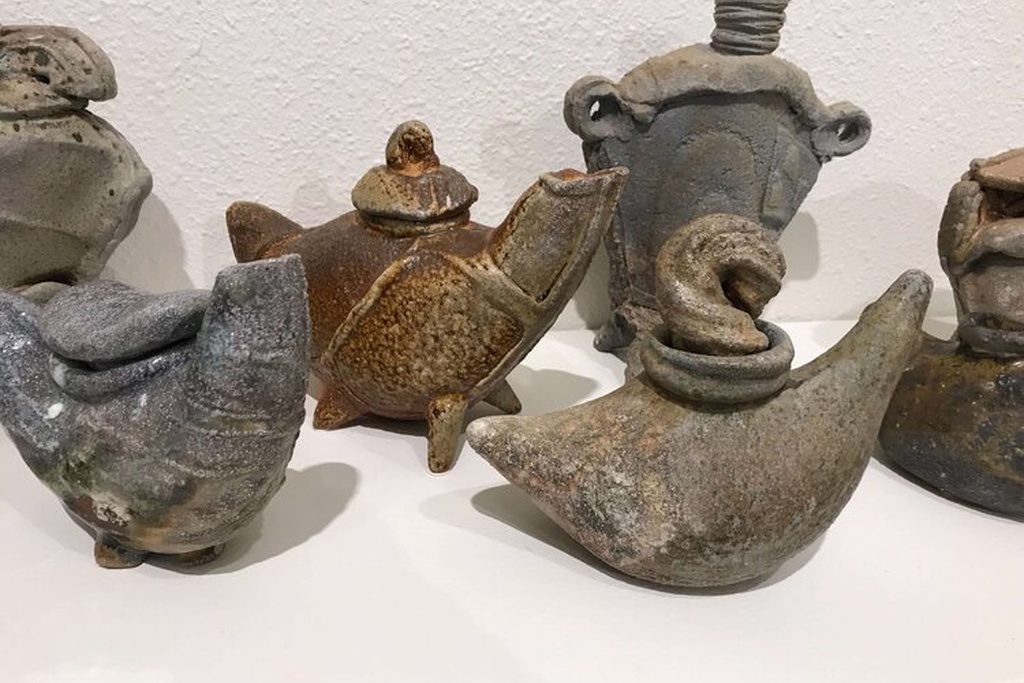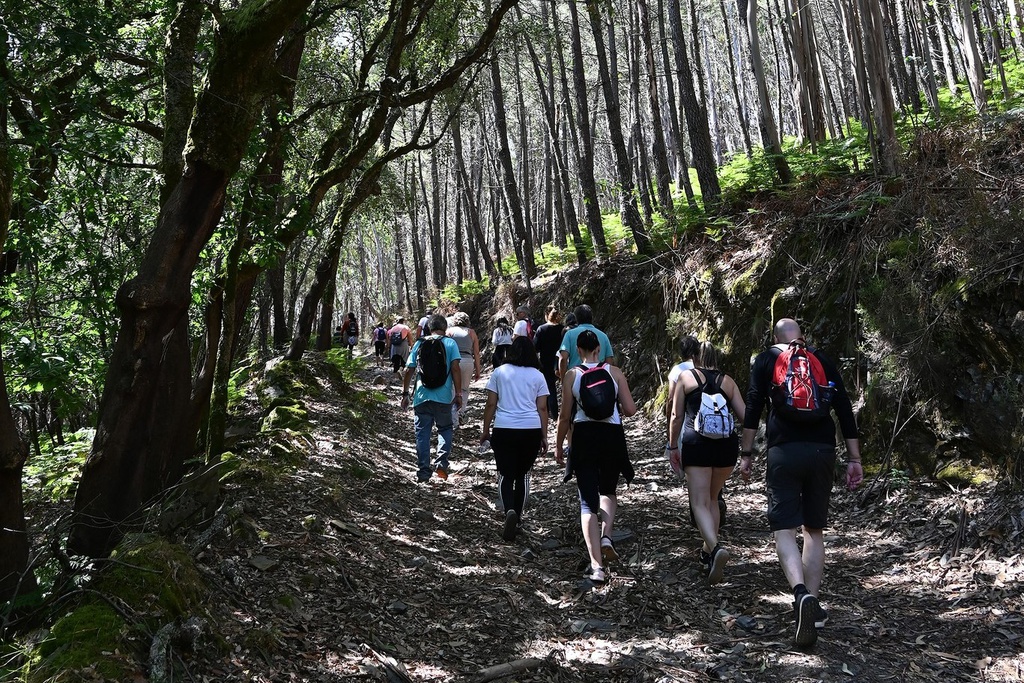The scenic and cultural richness of the village is all too evident. The mutual support and close relations between the inhabitants are the inheritance of a deeply rural nature. Nevertheless, this is something that is not frozen in time. The new inhabitants who have settled here over the years, running businesses or simply here for the lifestyle, have changed the face of the village and stimulated a new energy among the people. Ferraria, as they call it for short, has opened up to the world without ceasing to be itself. The changes in the village, whether by the Schist Villages Network or local agents or the Municipality, reflect what is most characteristic and genuine about the place and what it has to offer.
In Ferraria de São João, ruralness and active tourism go hand in hand. The village has a number of aspects that distinguish it from others: a magnificent cork oak forest, many traditional animal pens, a Schist Trail, a mountain biking centre, a FunTrail for children, and many walking trails to discover.
As part of the "Aldeia Viva" (Living Village) project, promoted by the Homeowner’s Association, visitors can also learn how to bake bread in a wood oven and make fresh cheese, participating in the whole process.
CORK OAKS AMONG THE QUARTZITE SCHIST
Perched on a quartzite ridge at the extreme southern end of the Serra da Lousã, here we discover how schist and quartz marry in a union so perfect that it could only happen in Ferraria de São João. The predominant building material is quartzite, although the facades of some buildings are rendered and painted white.
The village has a central, more compact core. The buildings are generally aligned along the village streets and a large number of animal pens are grouped together at one end of the village.
This is the perfect backdrop to the village’s jewel: a group of communal animal pens on the edge of a vast and magical cork oak forest. One of the most visible and successful projects of the Residents Association, revived by the new inhabitants, is the adoption of cork oaks.
Village Protection Zone
Ferraria de São João was one of the Aldeias do Xisto that was faced with major forest fires in 2017. The cork oak forest in the area was a saviour, preventing the fire from reaching the houses without any human support. Soon after this event, the community united to form the ZPA- Village Protection Zone. From a total area of 15ha, 9ha have been replanted as of March 2018. This took about 15 community meetings involving 77 landowners with 255 identified plots of land. 70 to 80 thousand eucalyptus and pine trees have been uprooted and 500 cork oaks, oaks, strawberry trees, holm oaks, chestnut trees, walnut trees and cherry trees have been planted, in addition to the 1,000 existing cork oaks. Gestures of solidarity were legion, so the work could depend on some 500 volunteers in 17 activities undertaken in the village.


